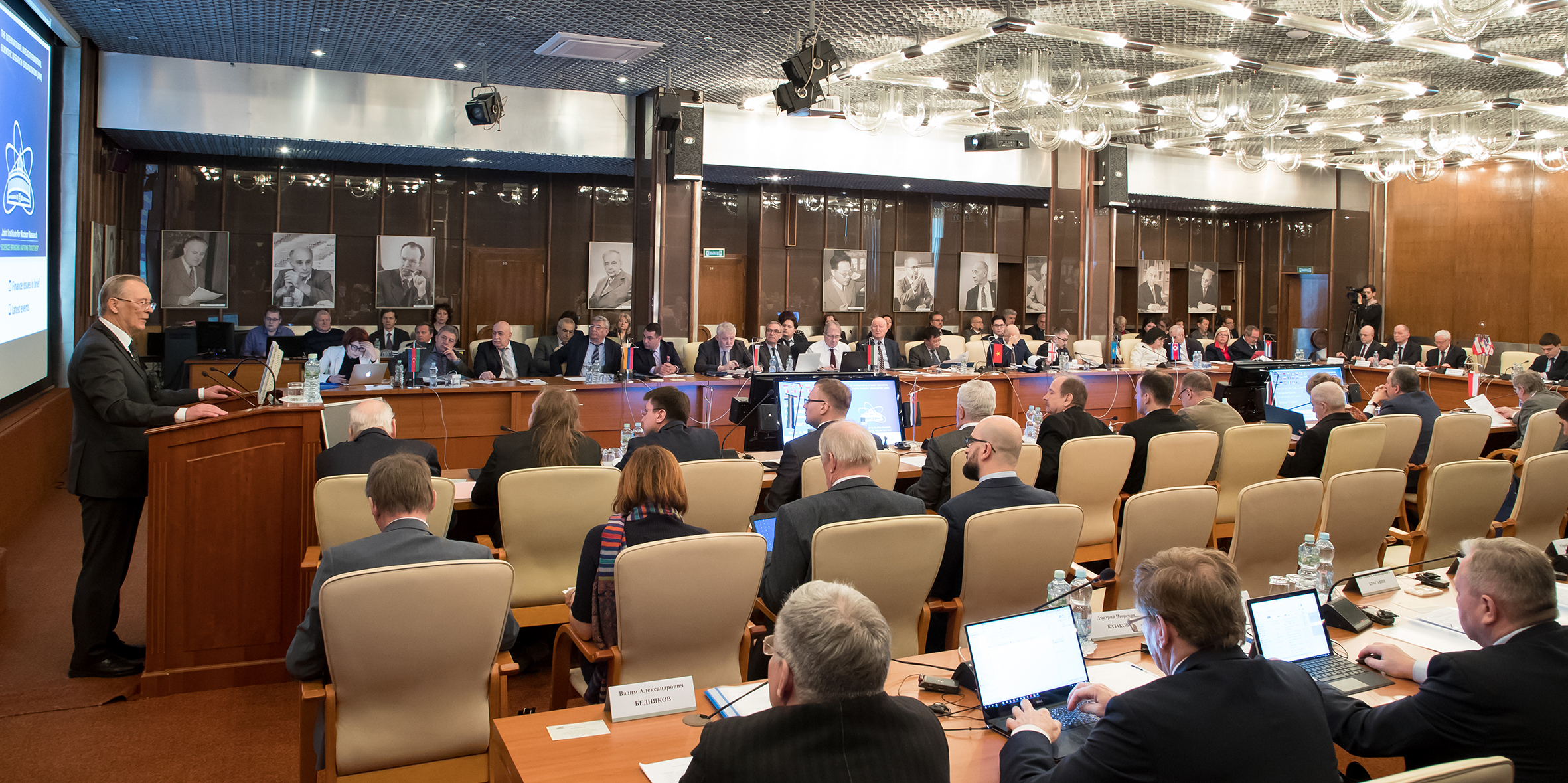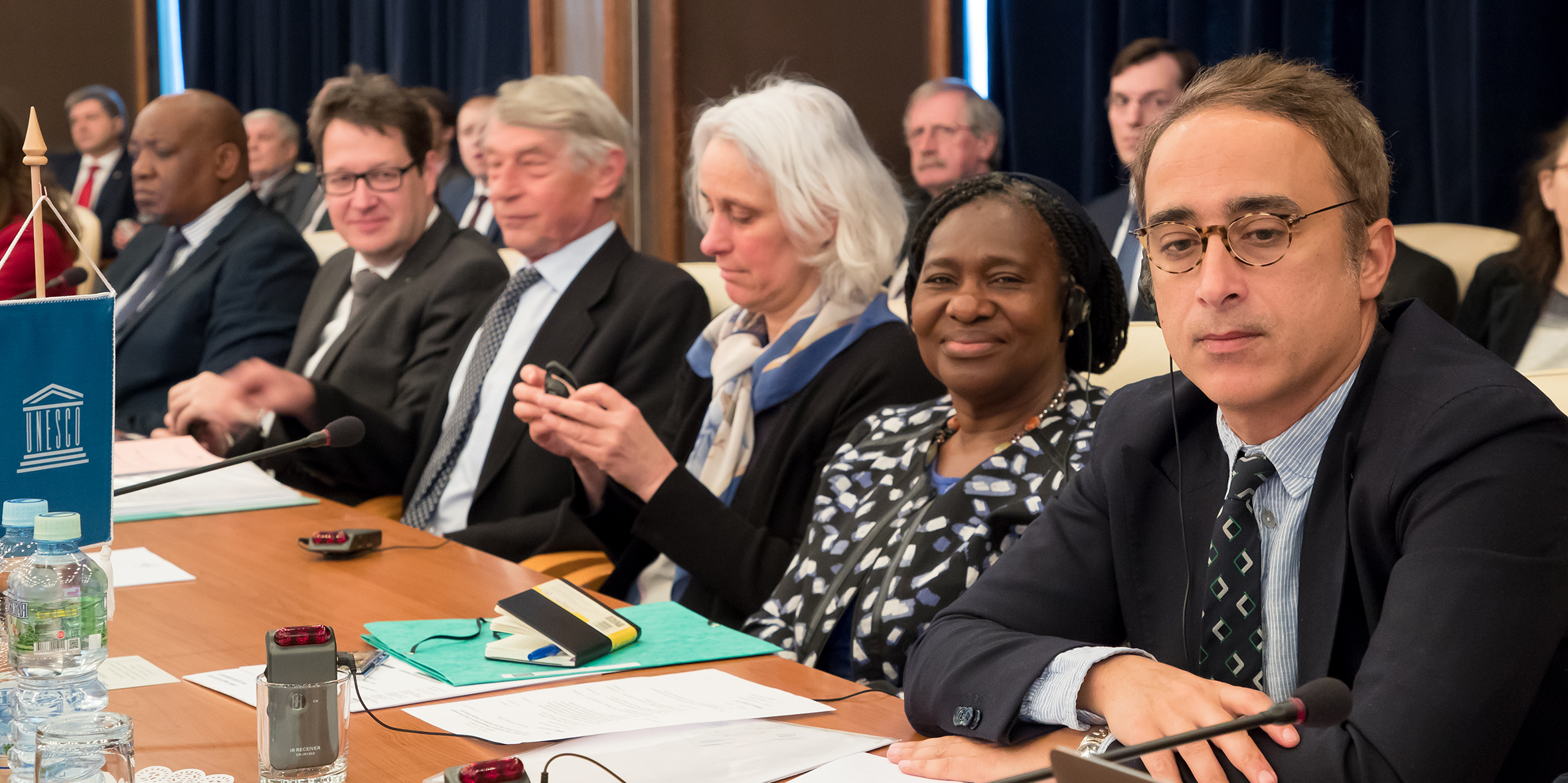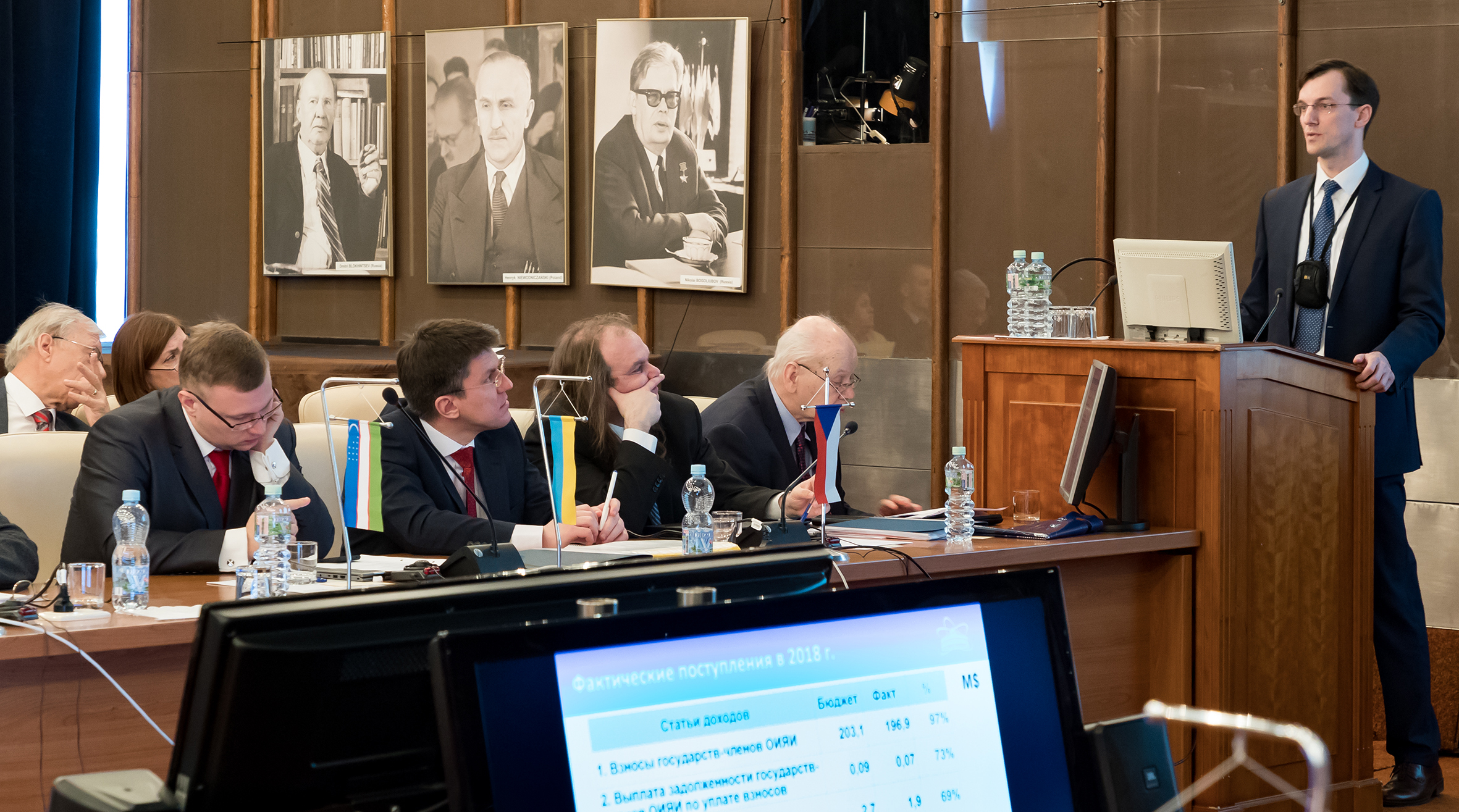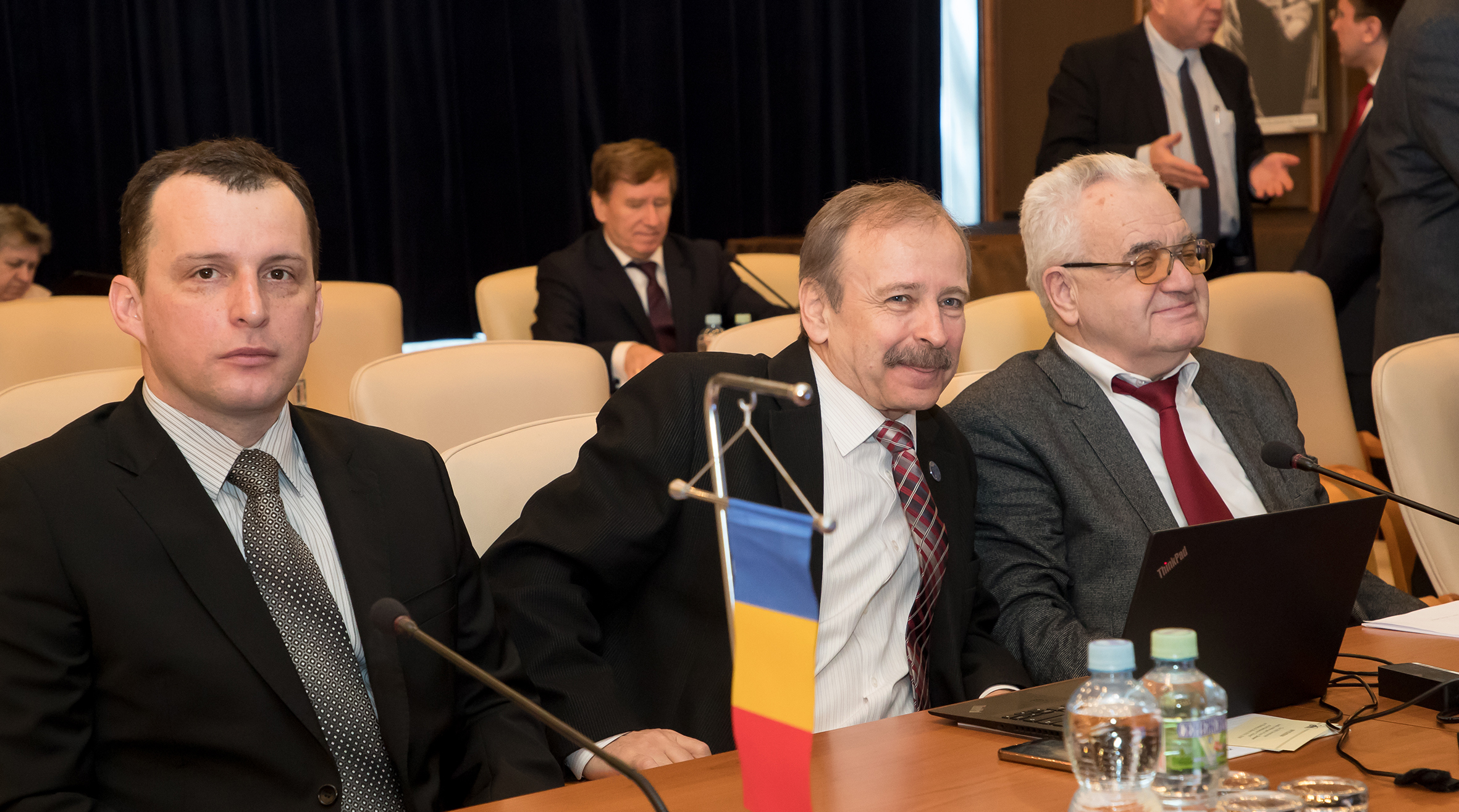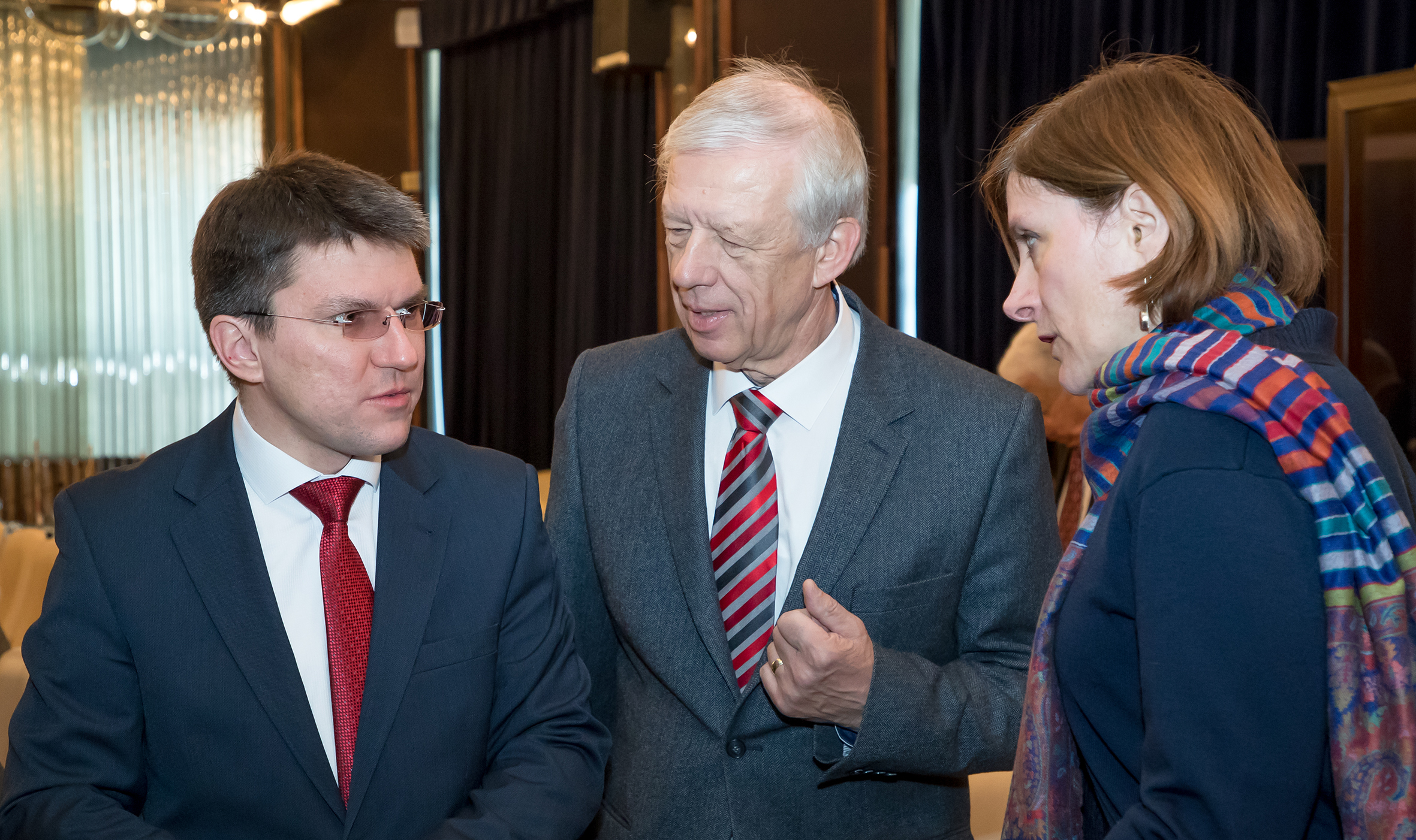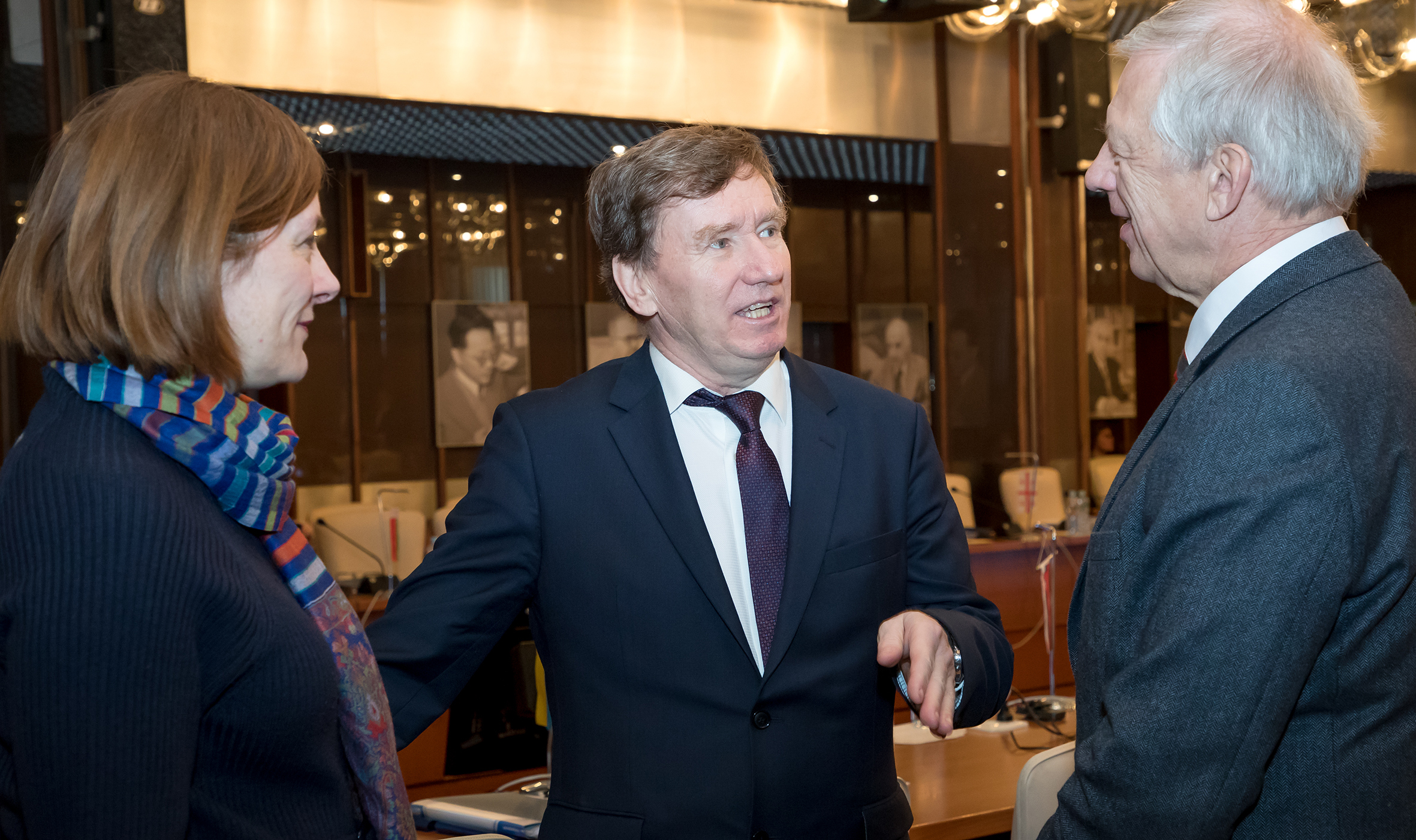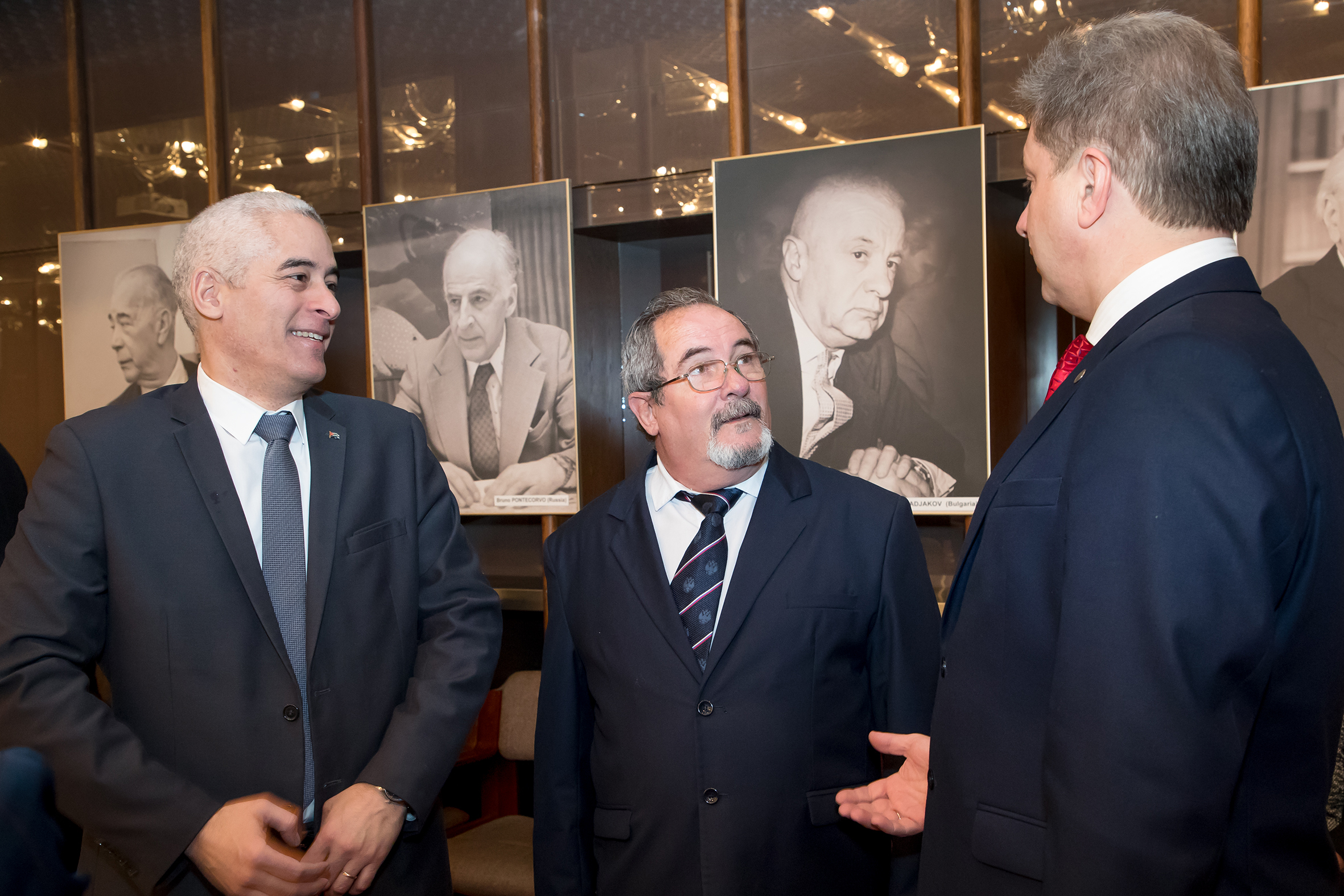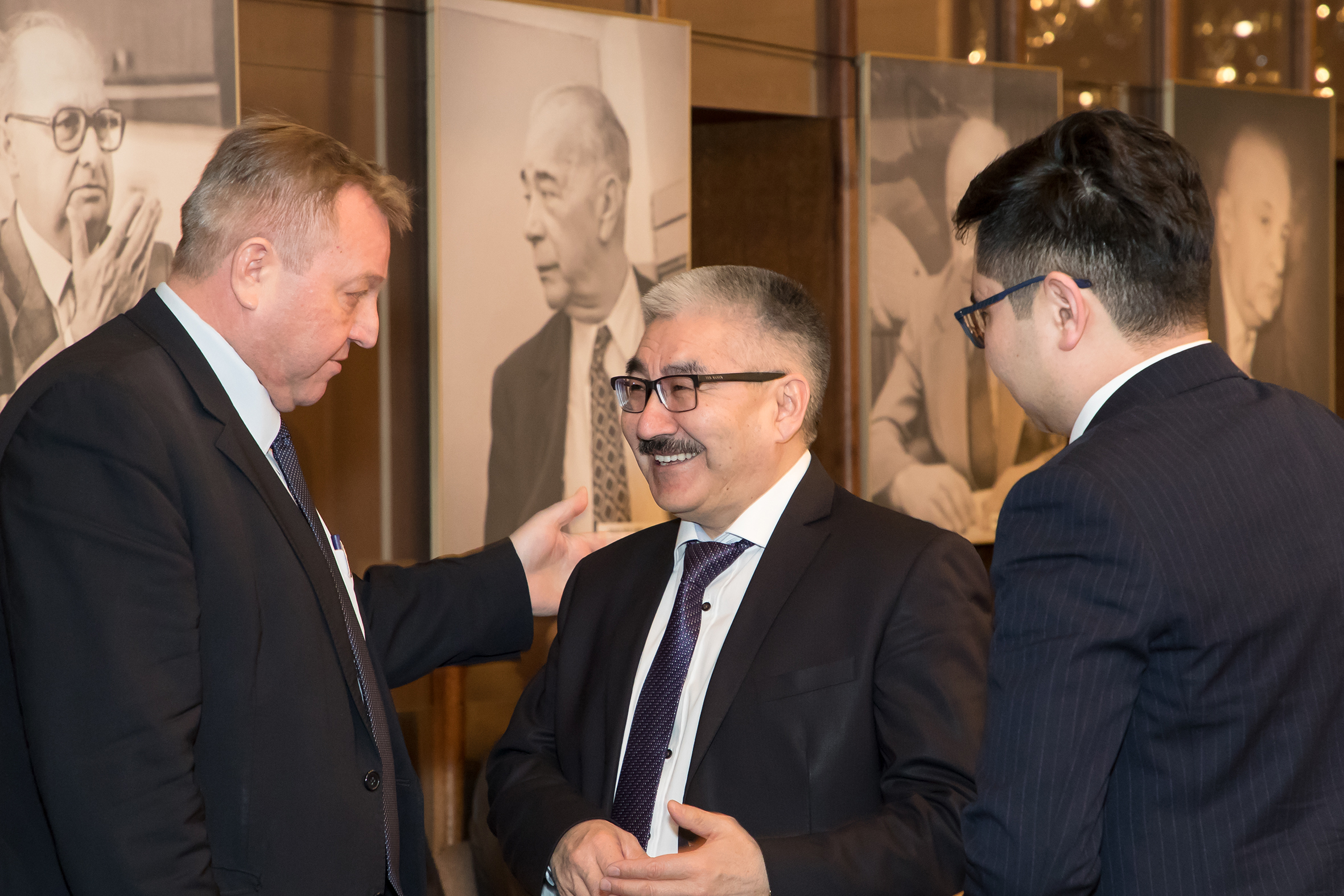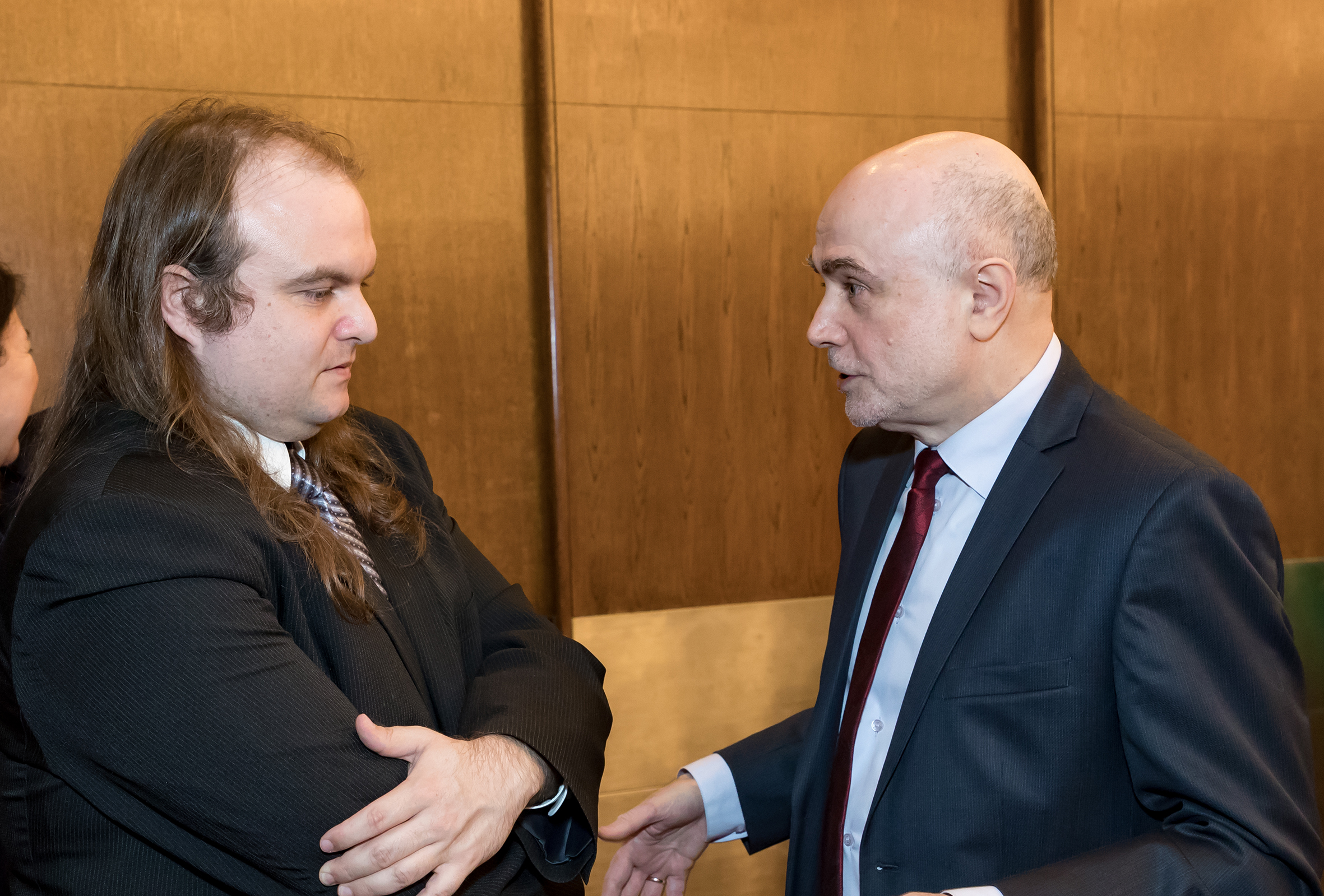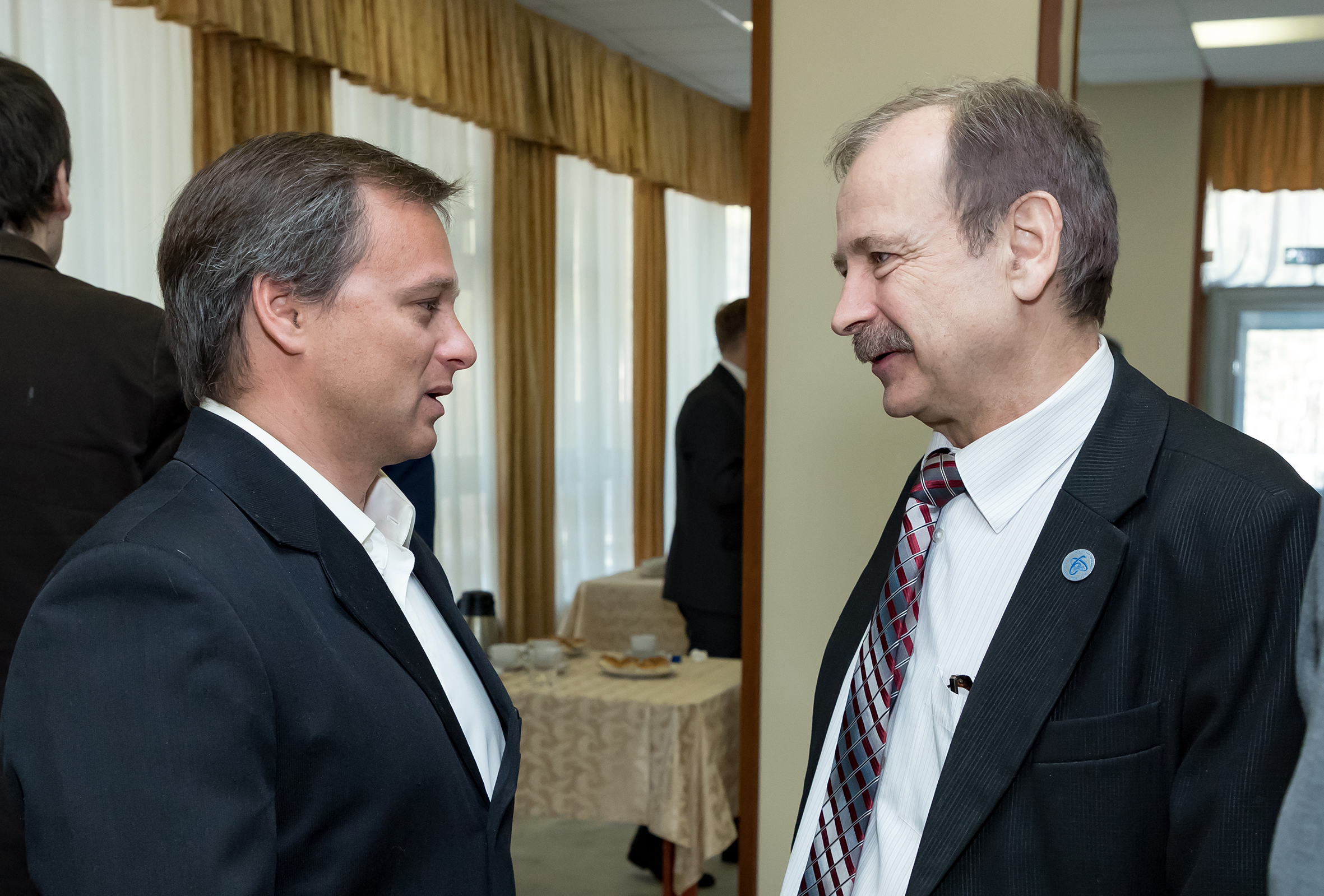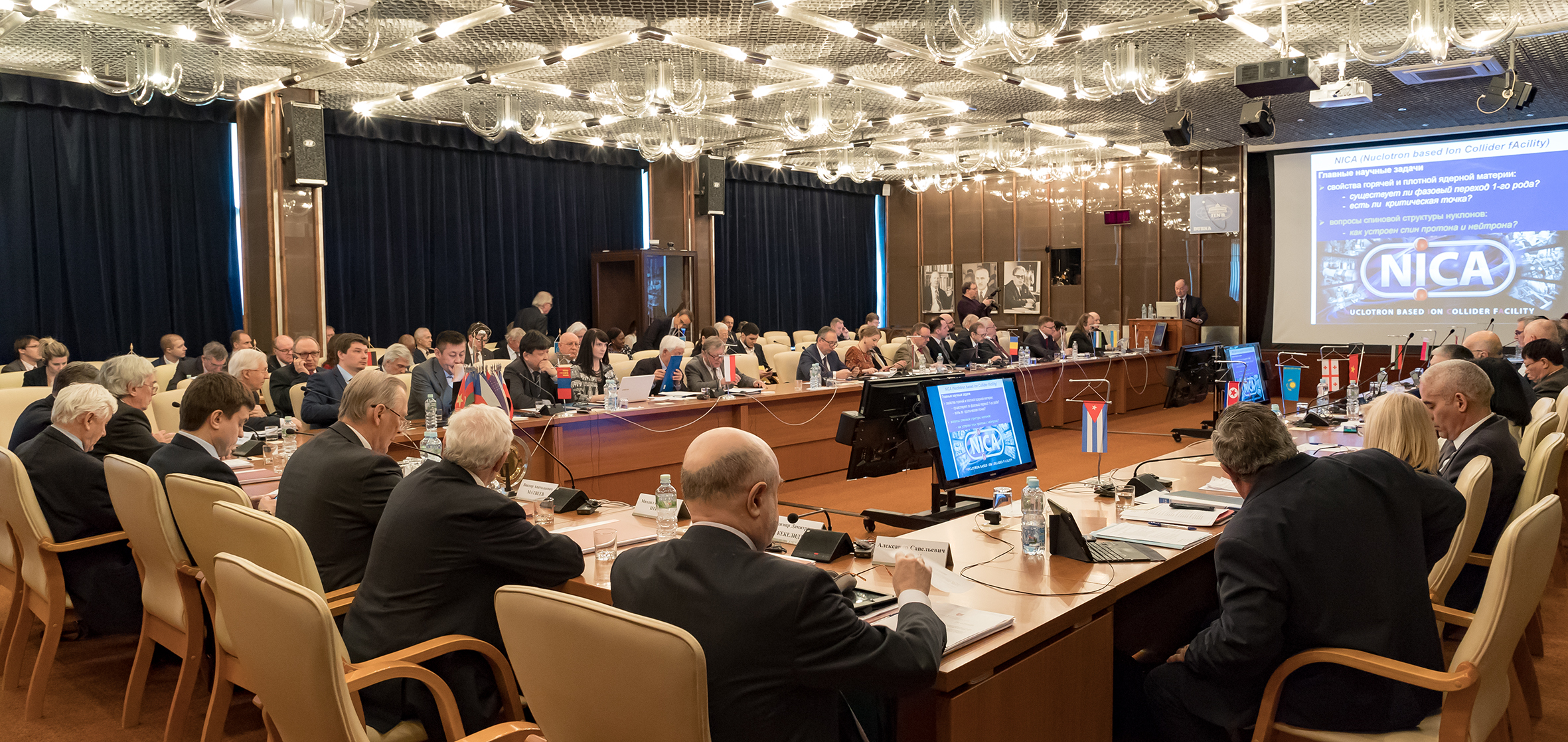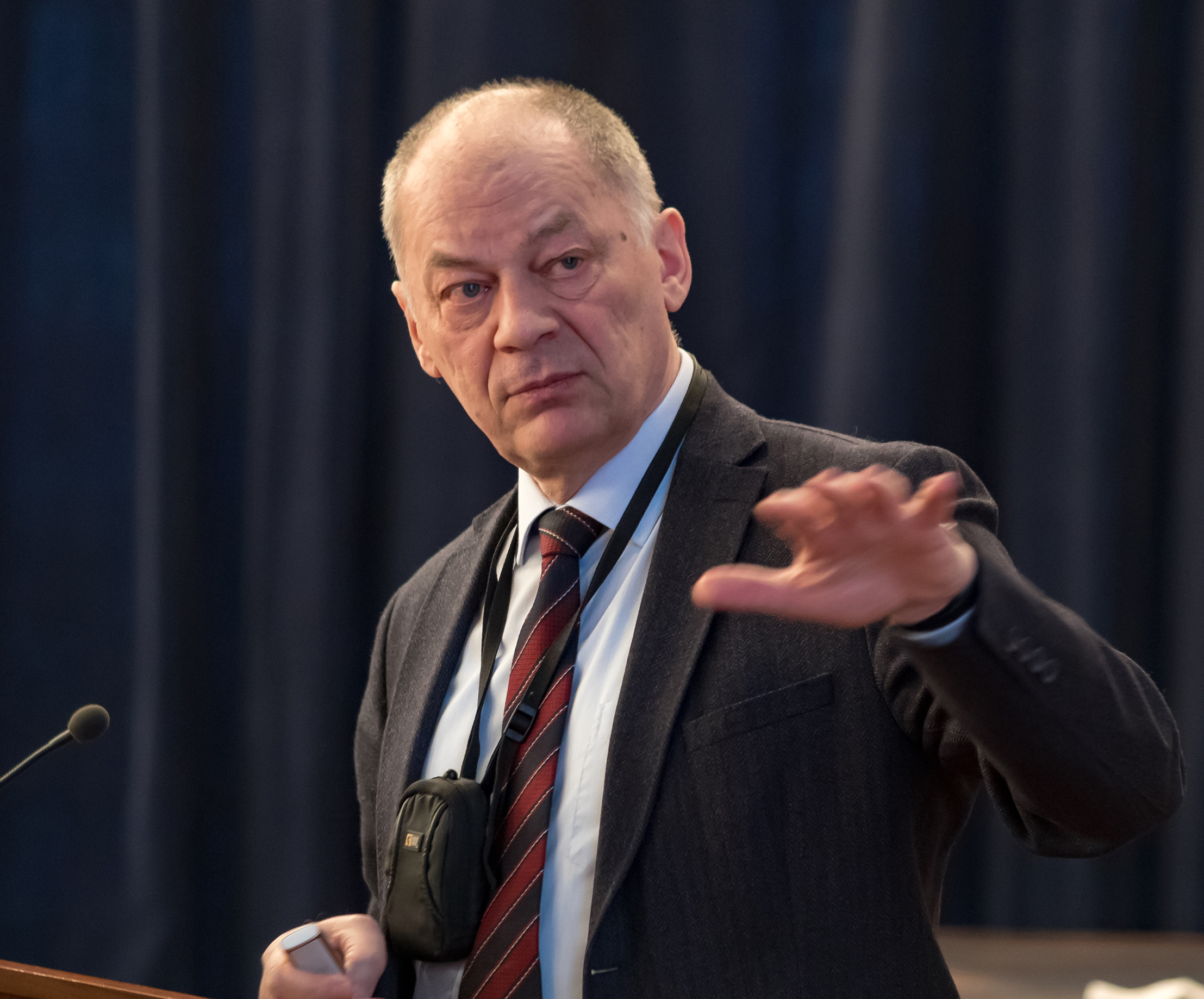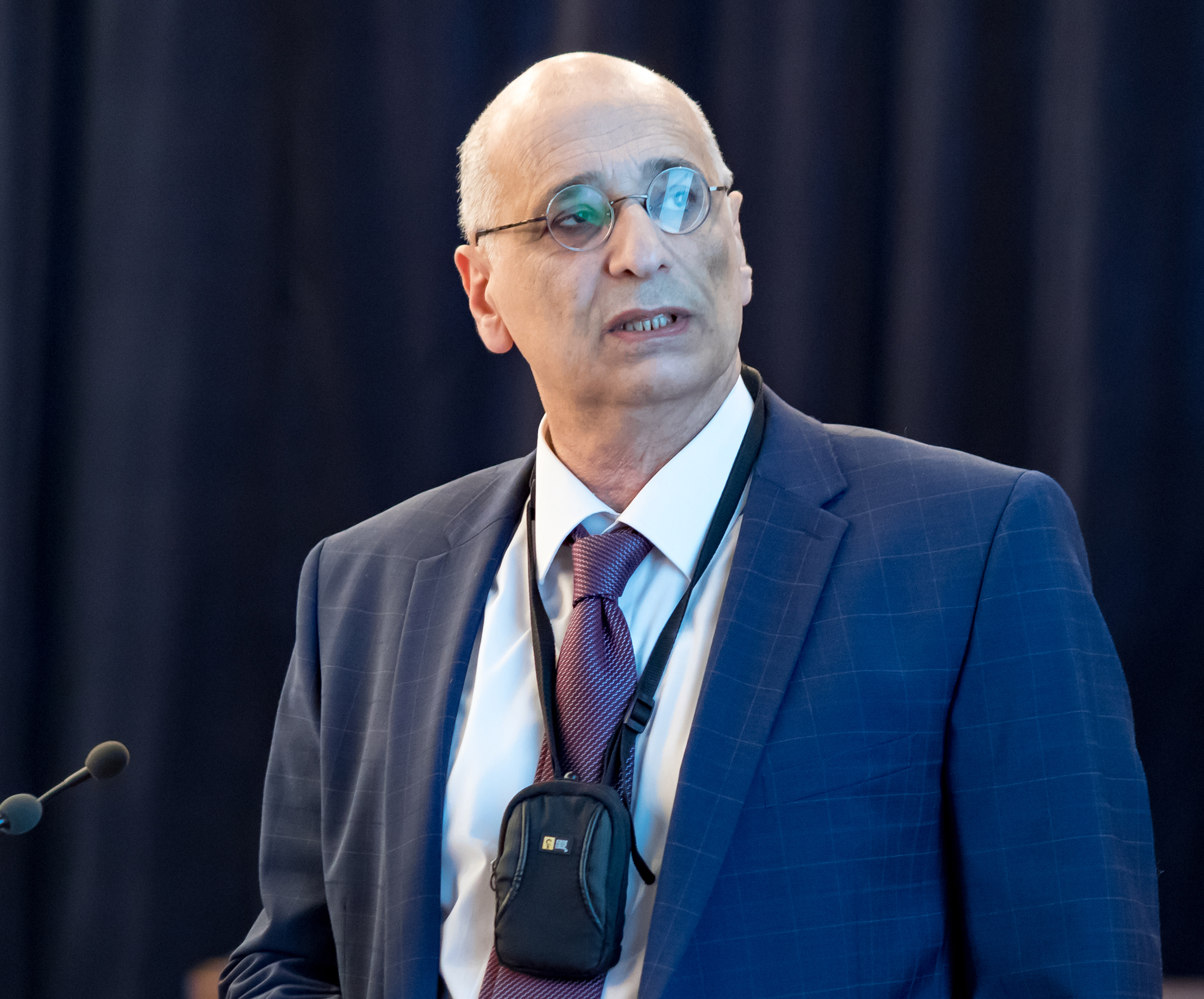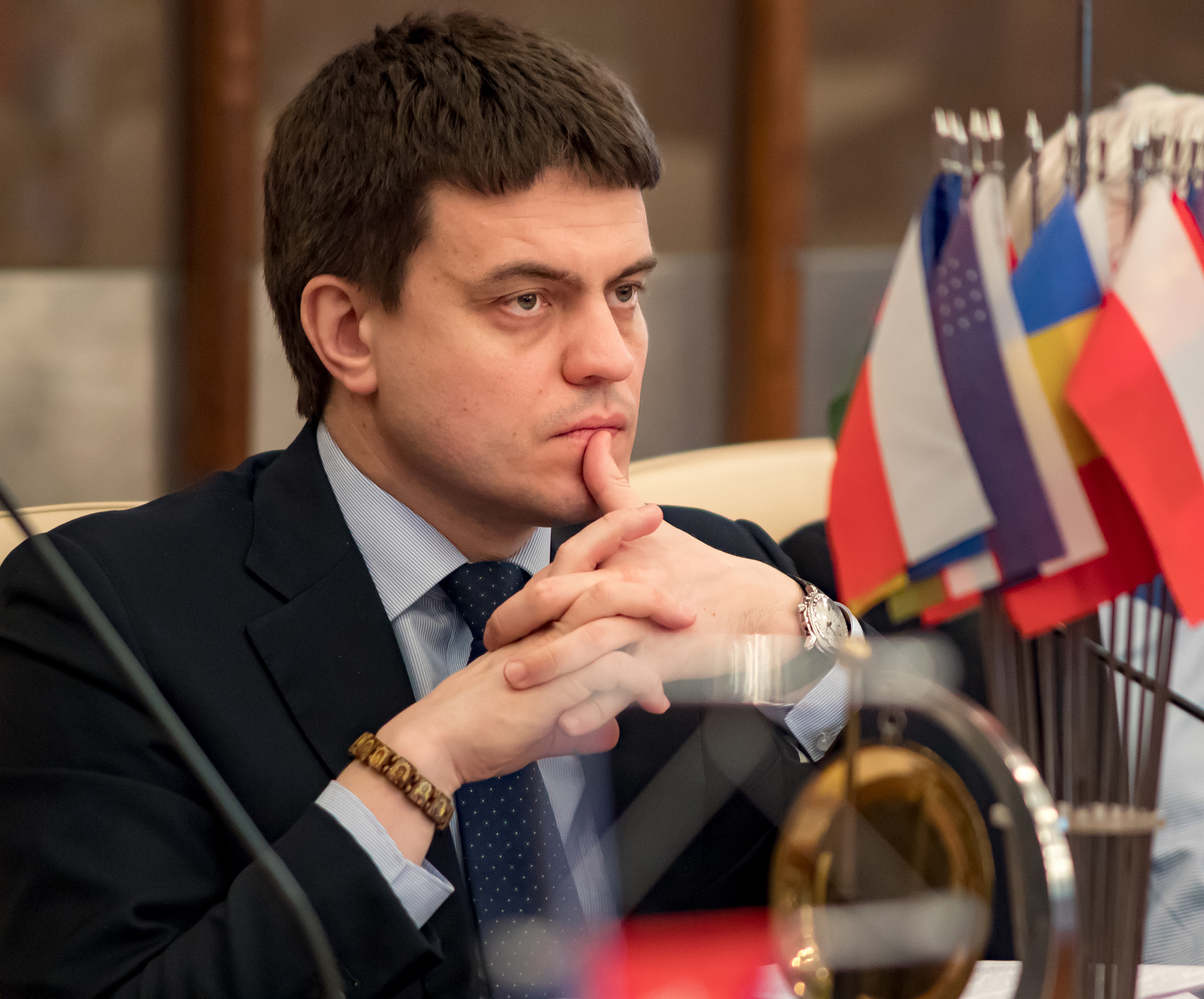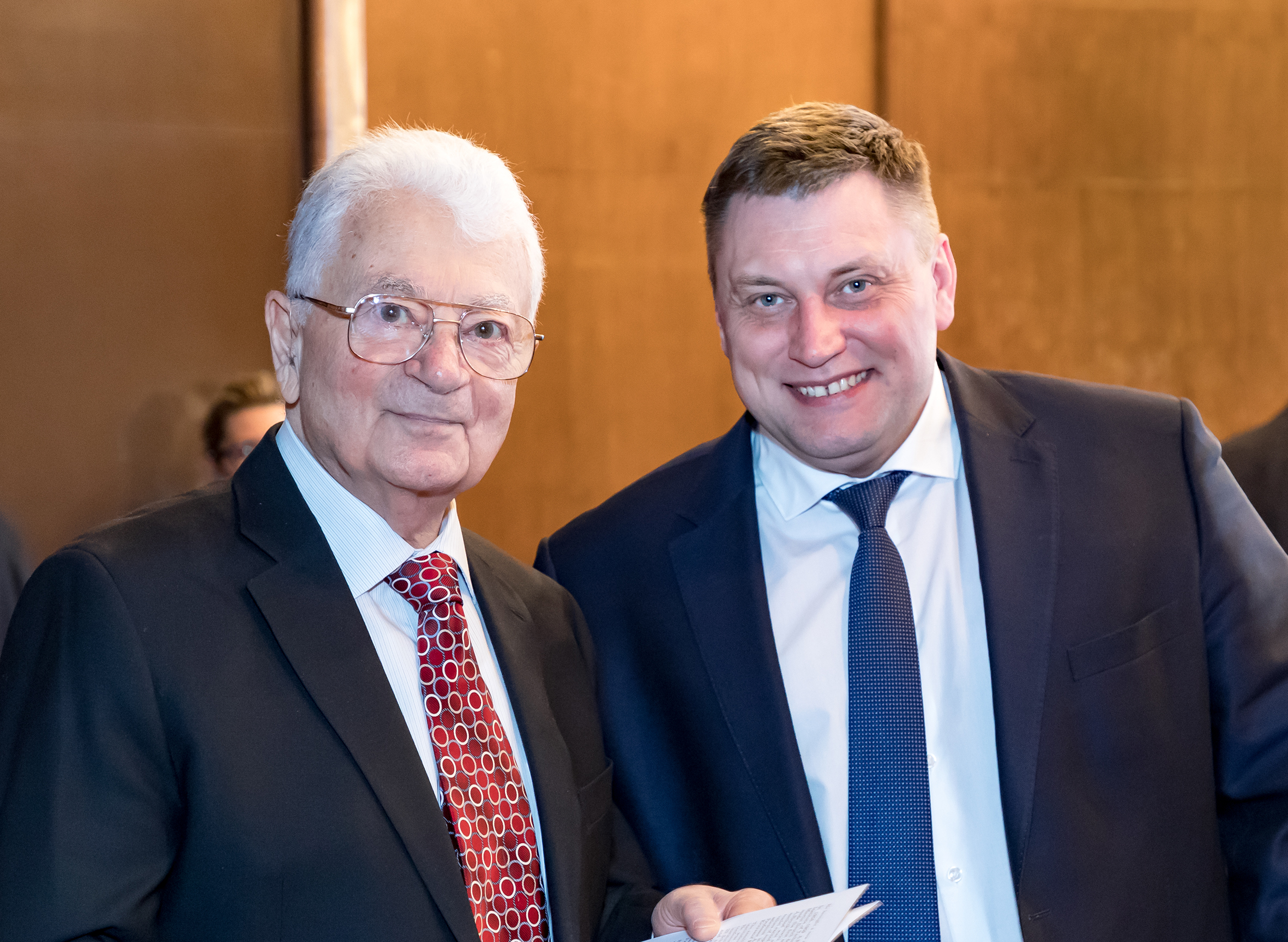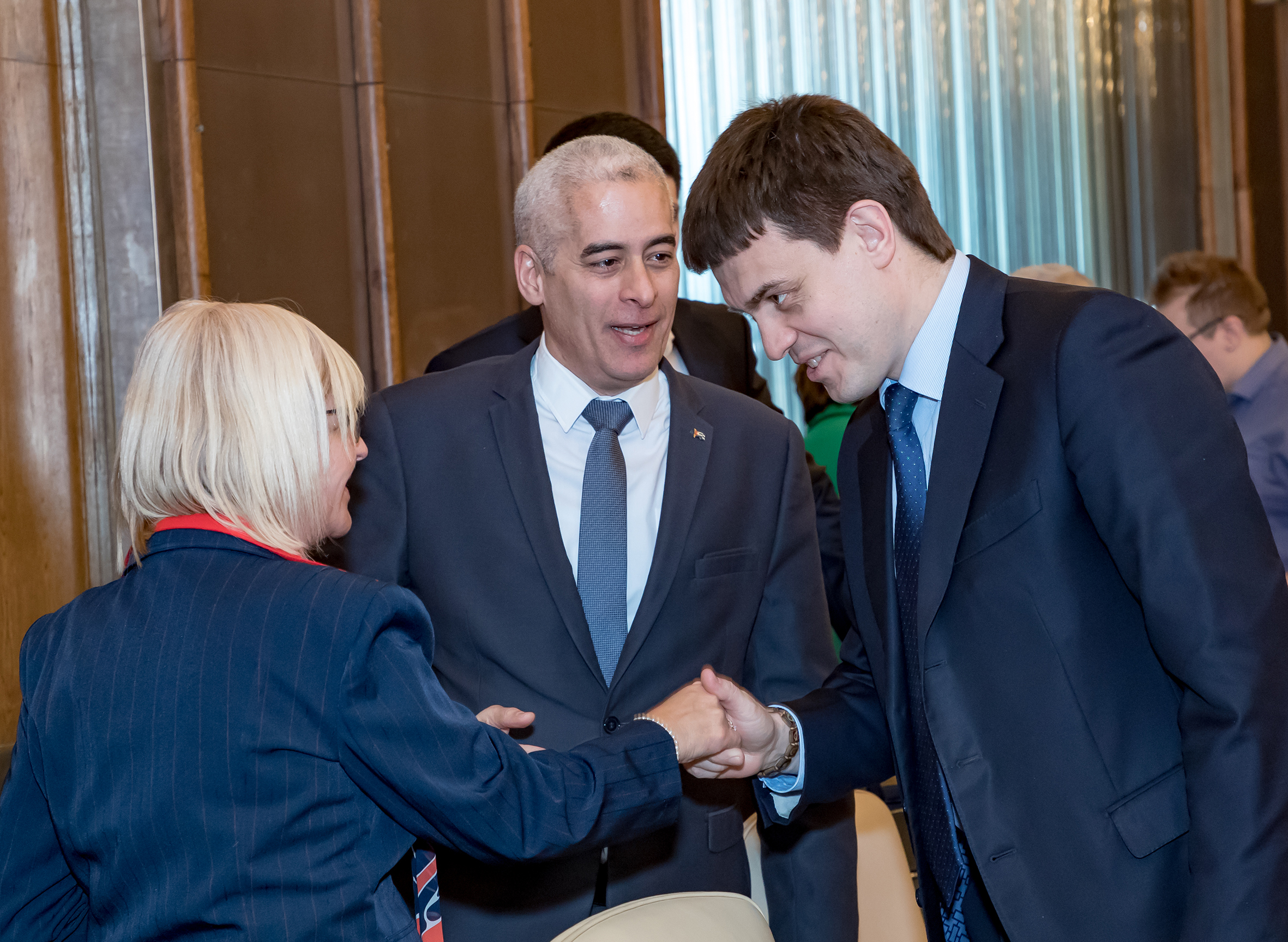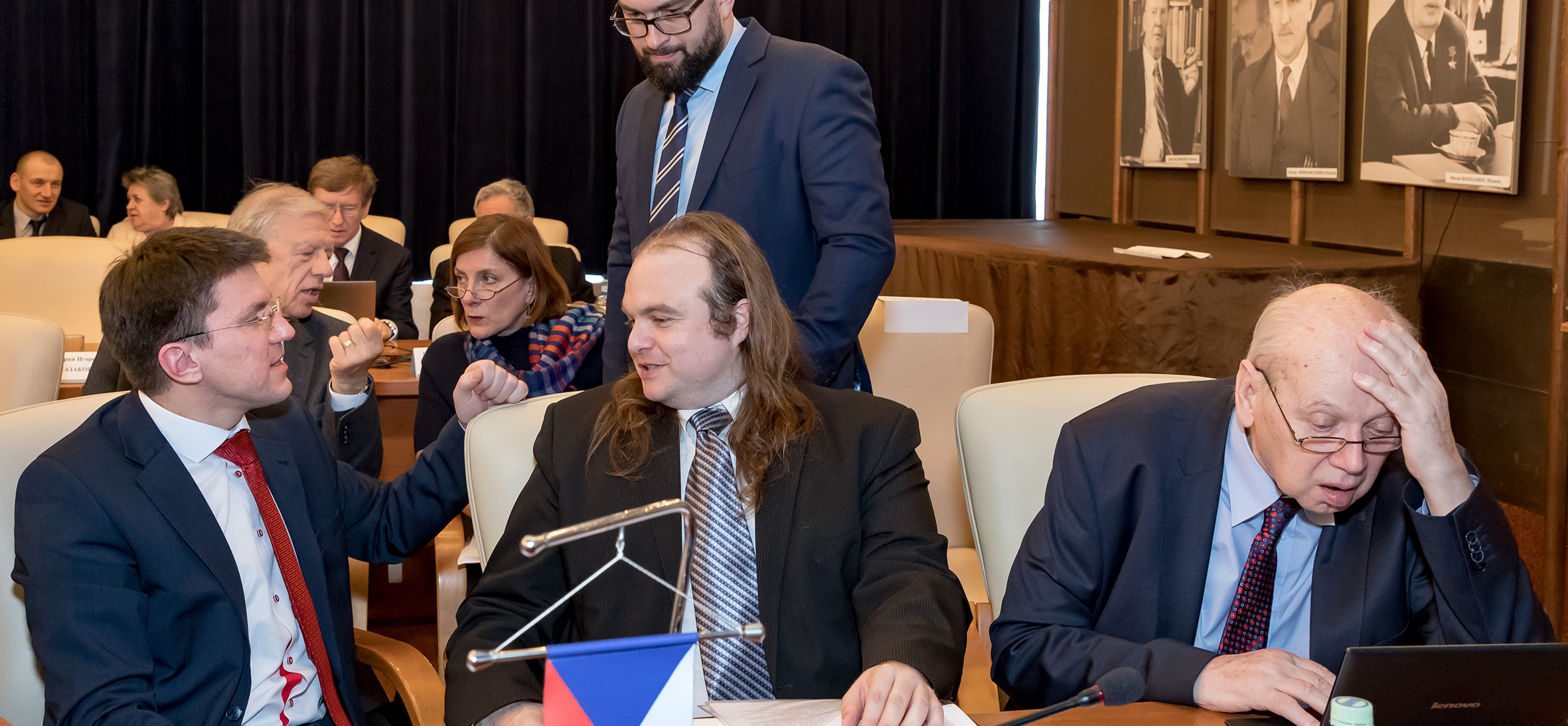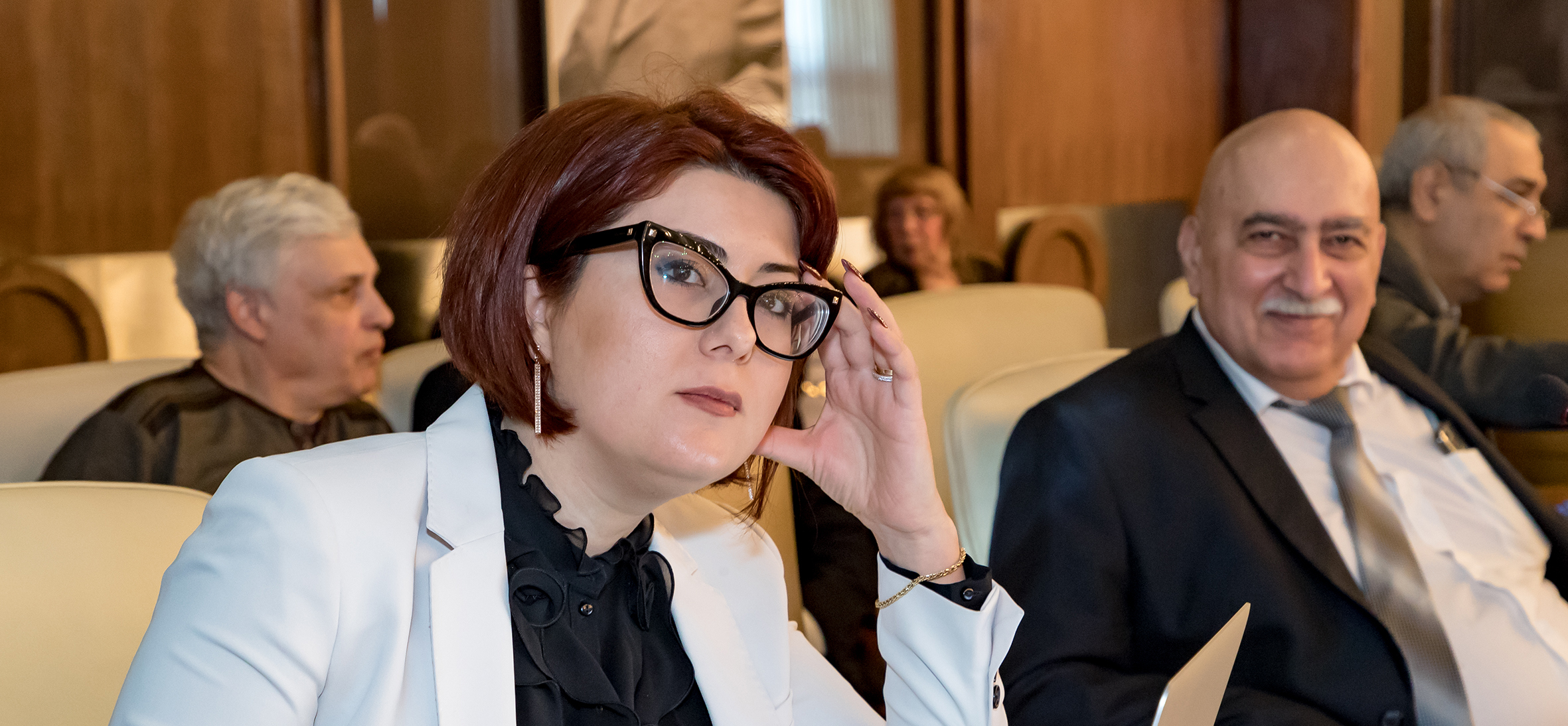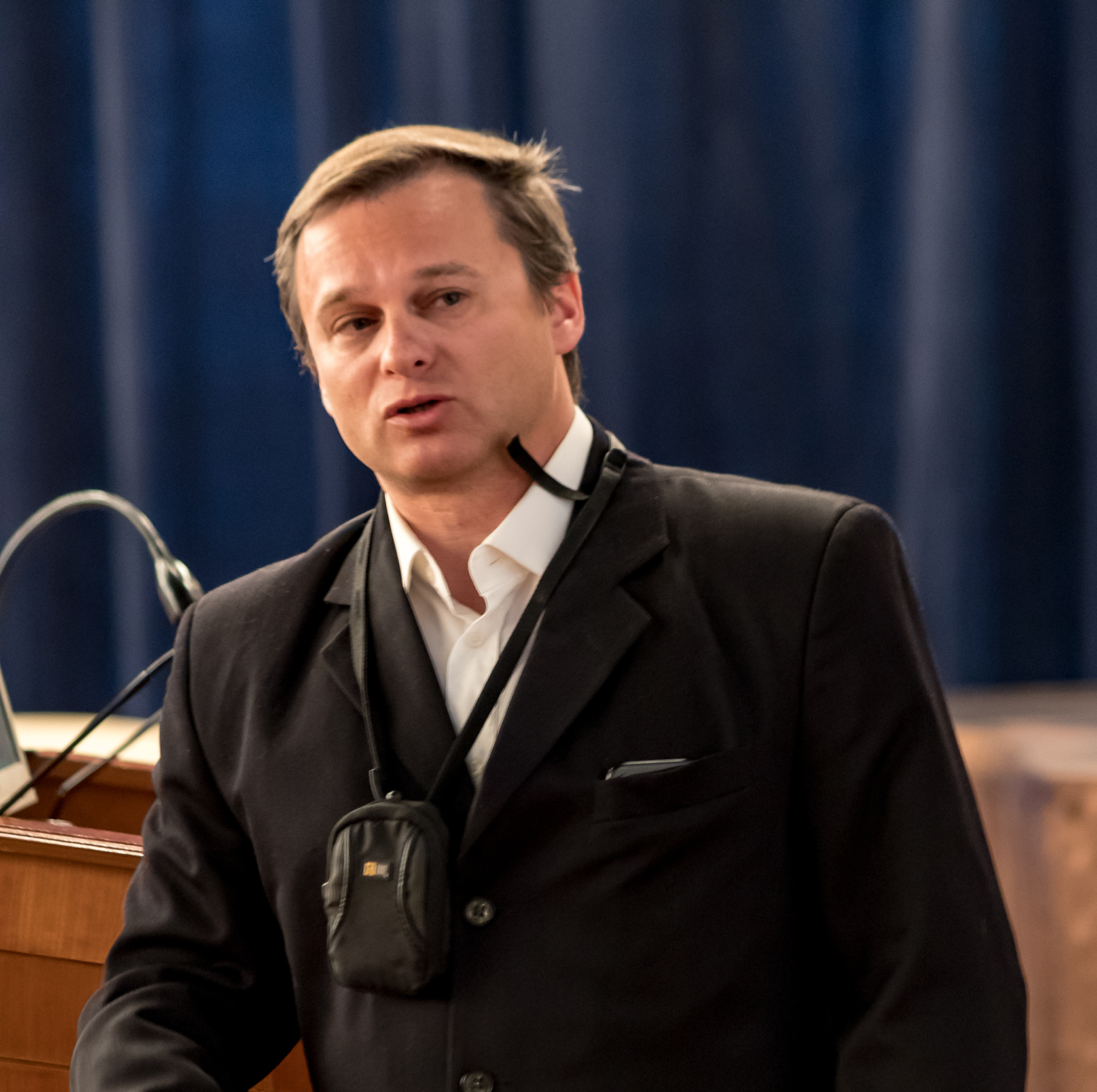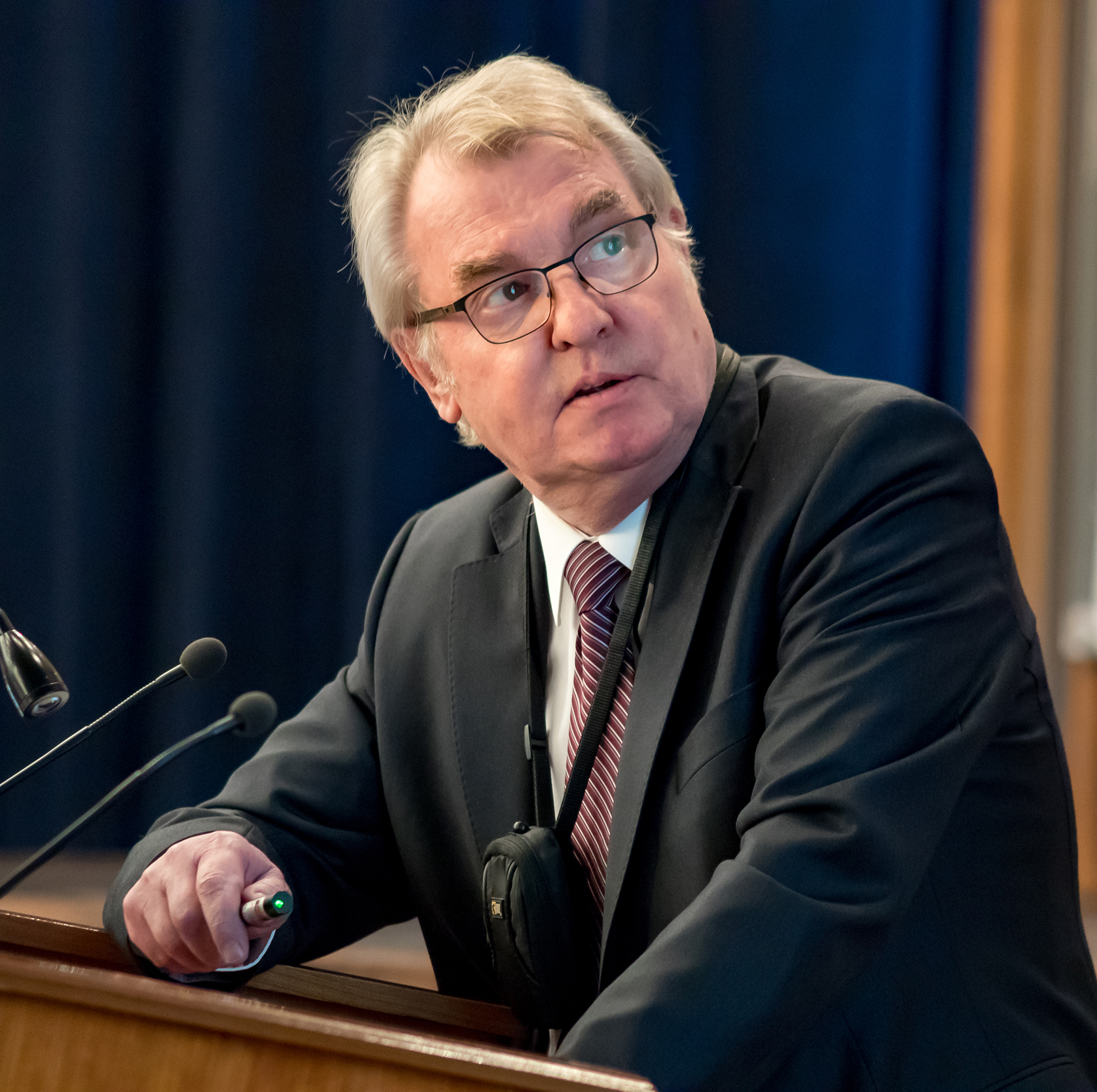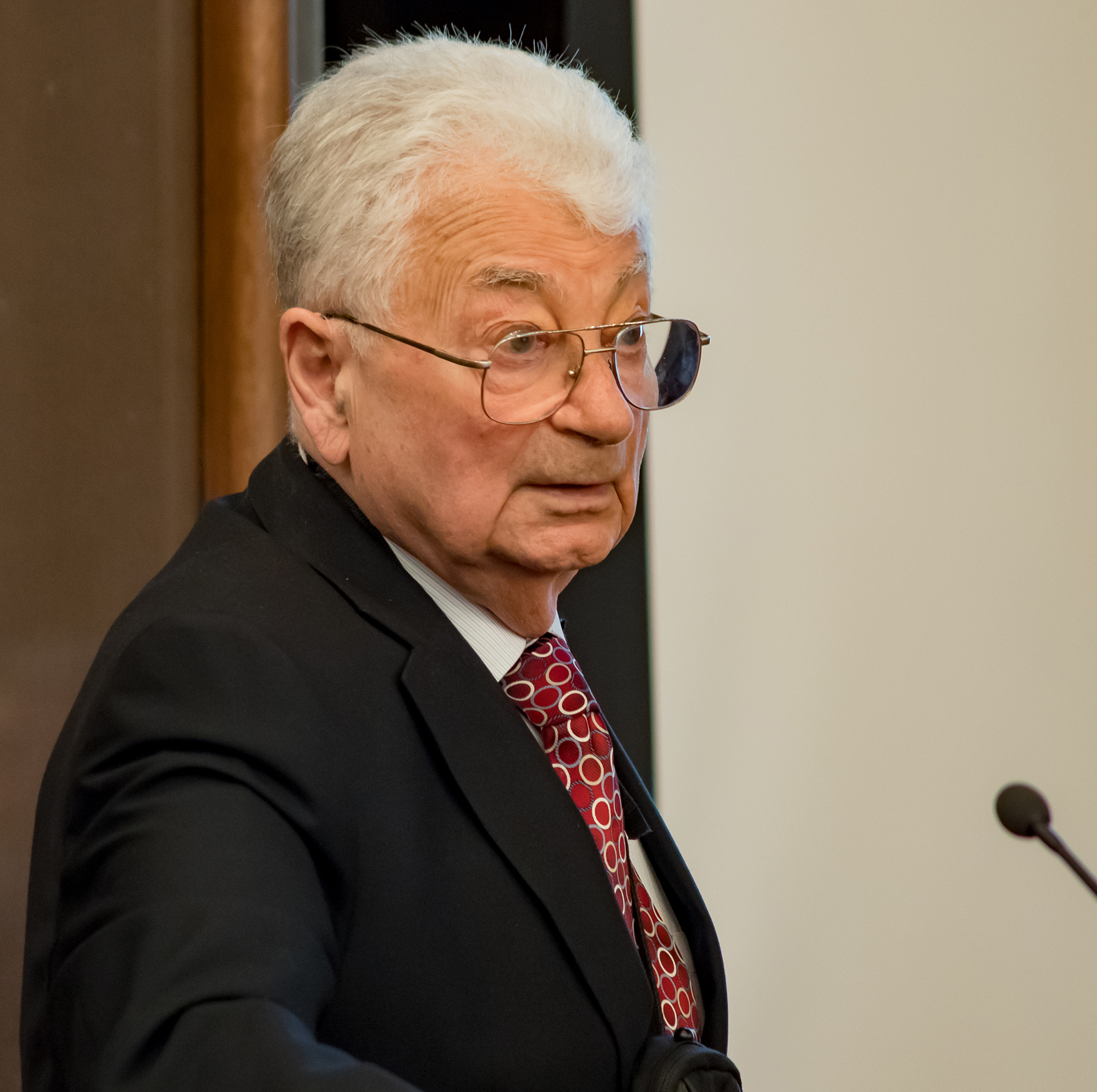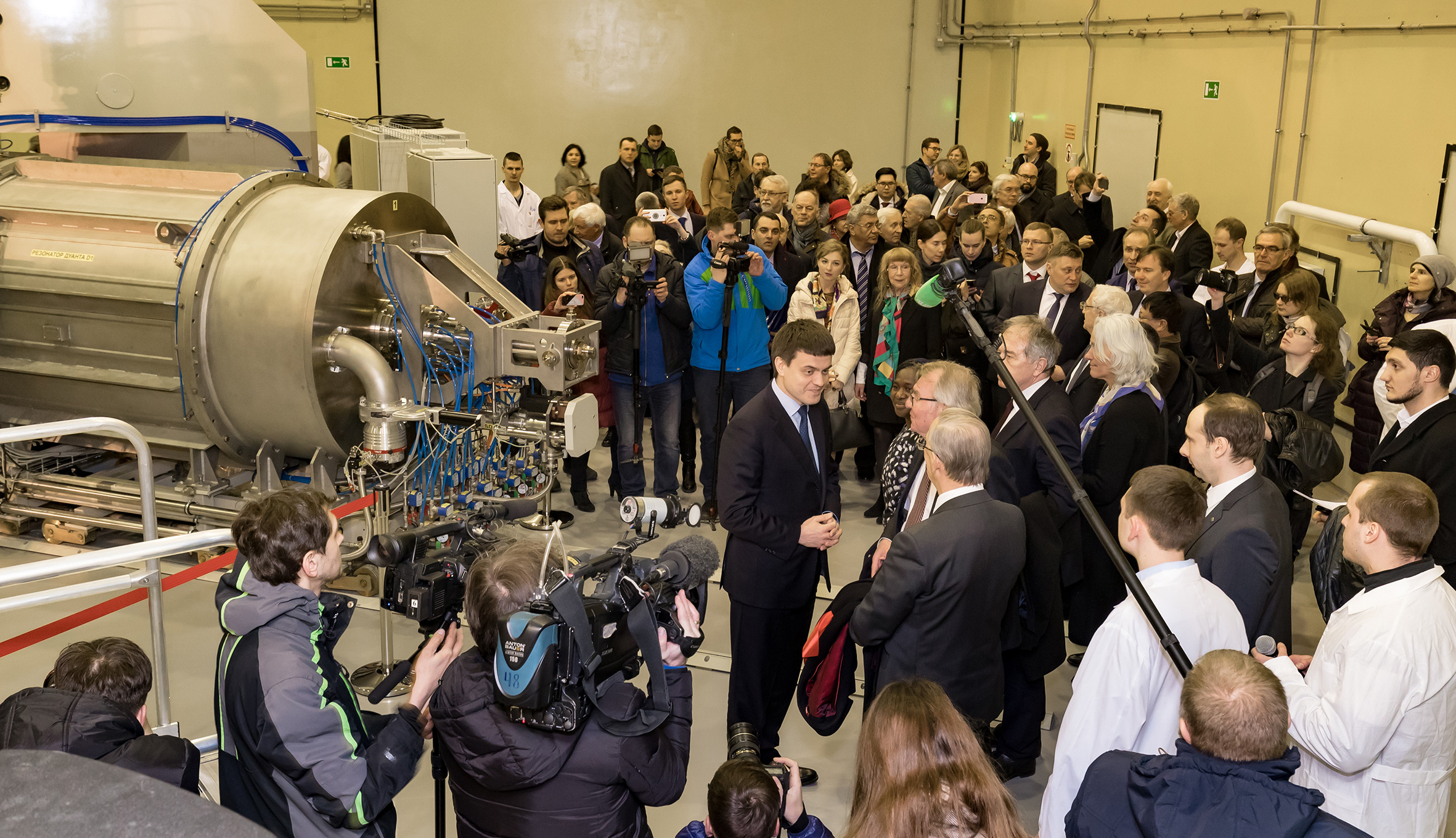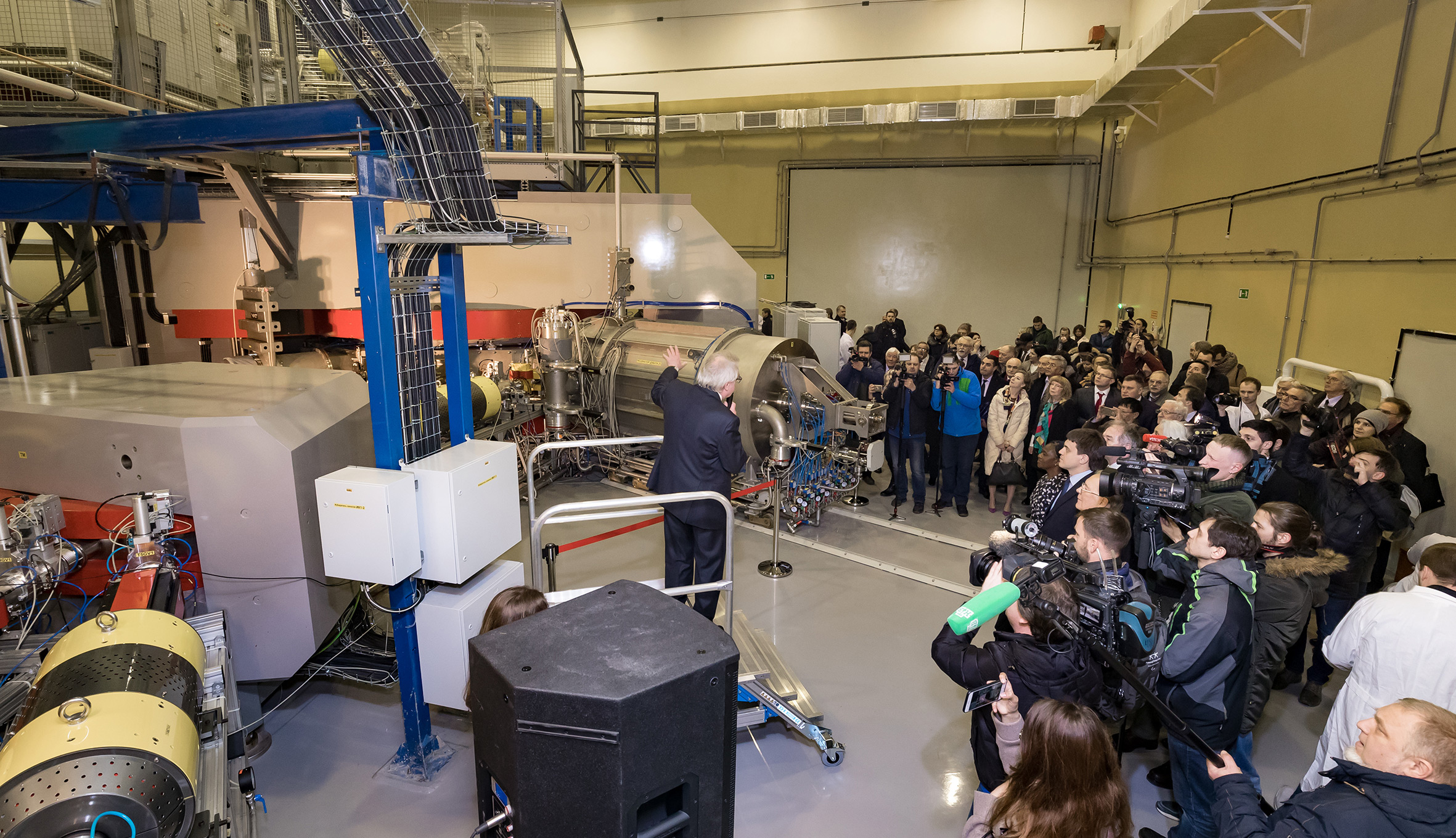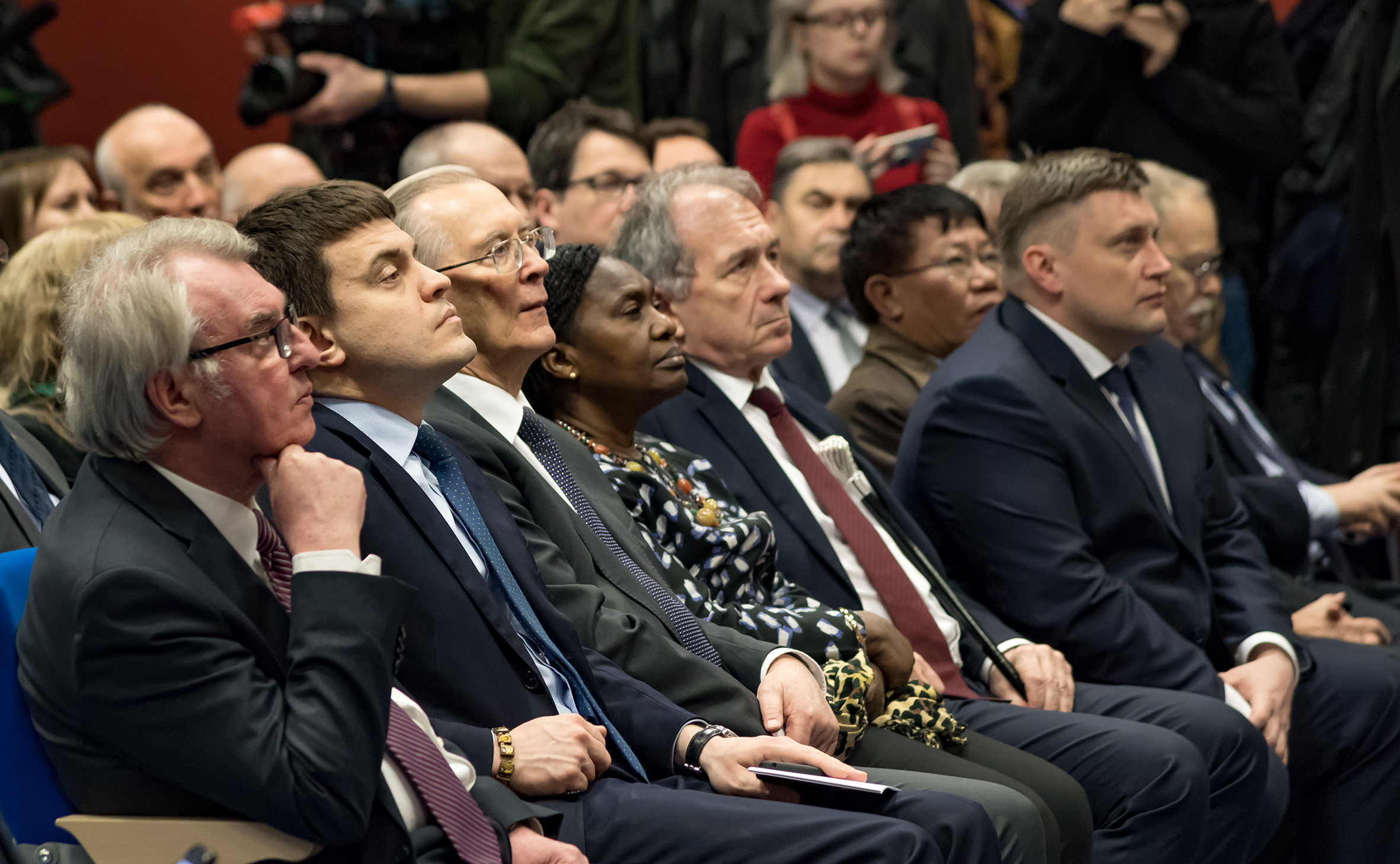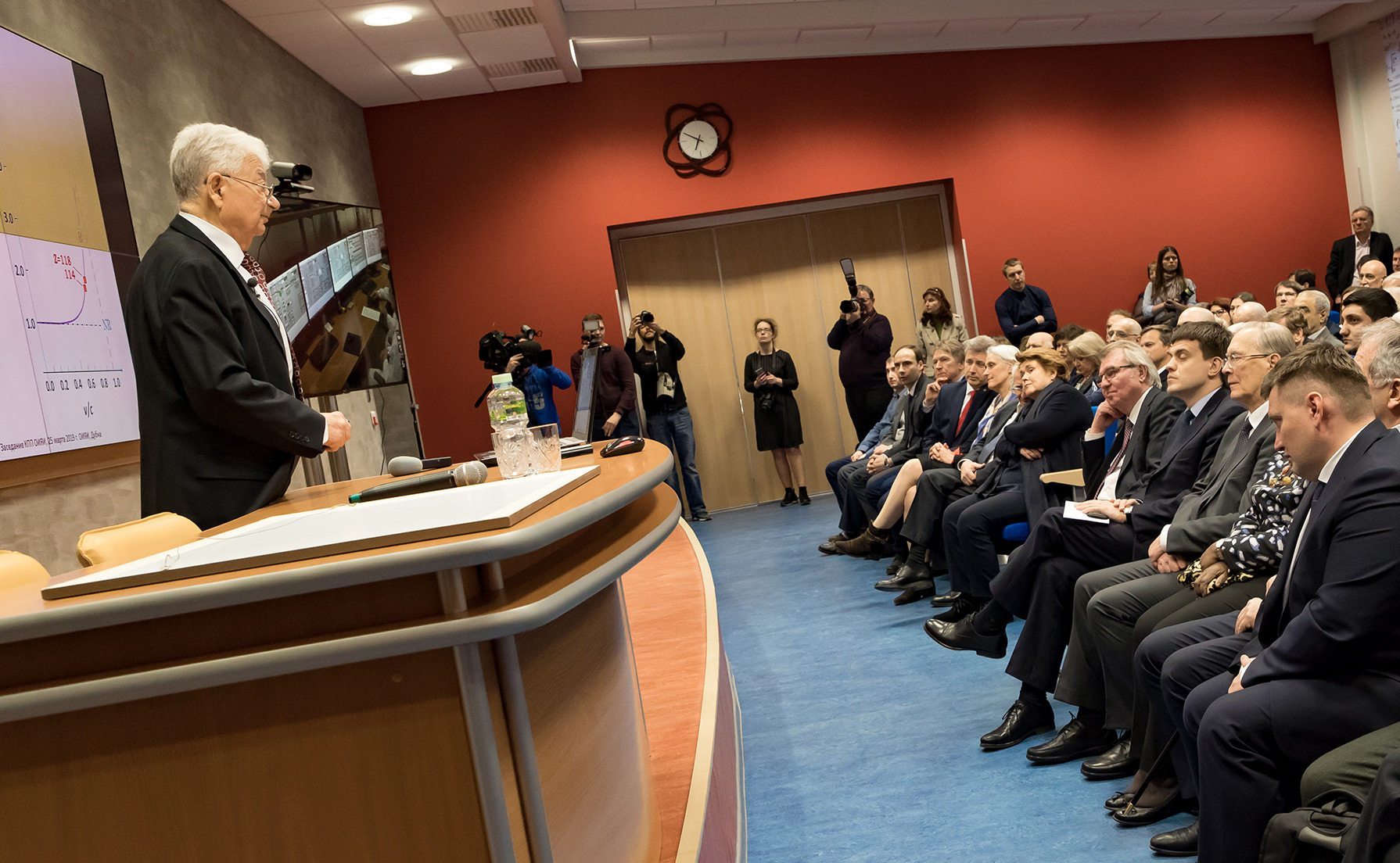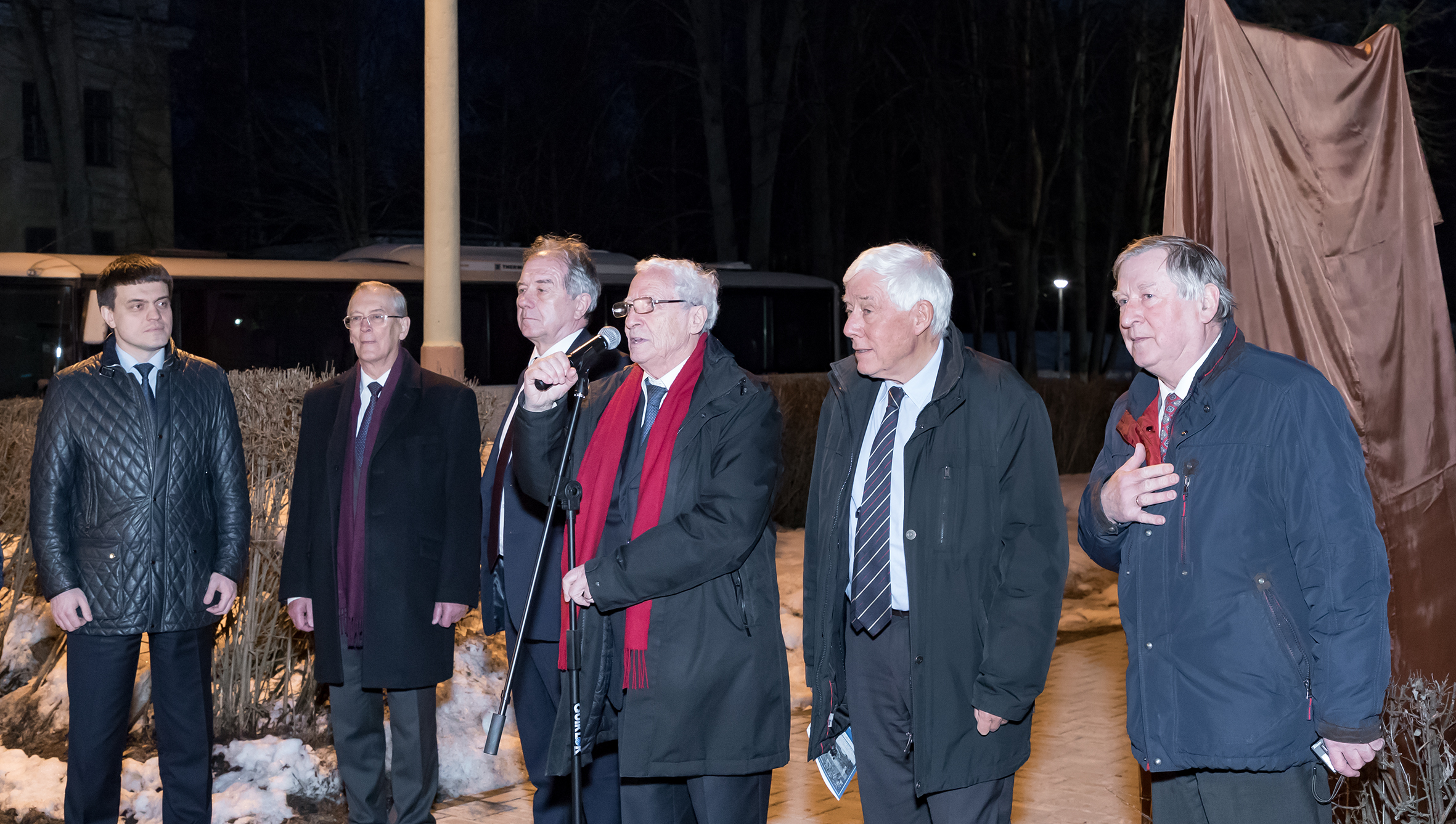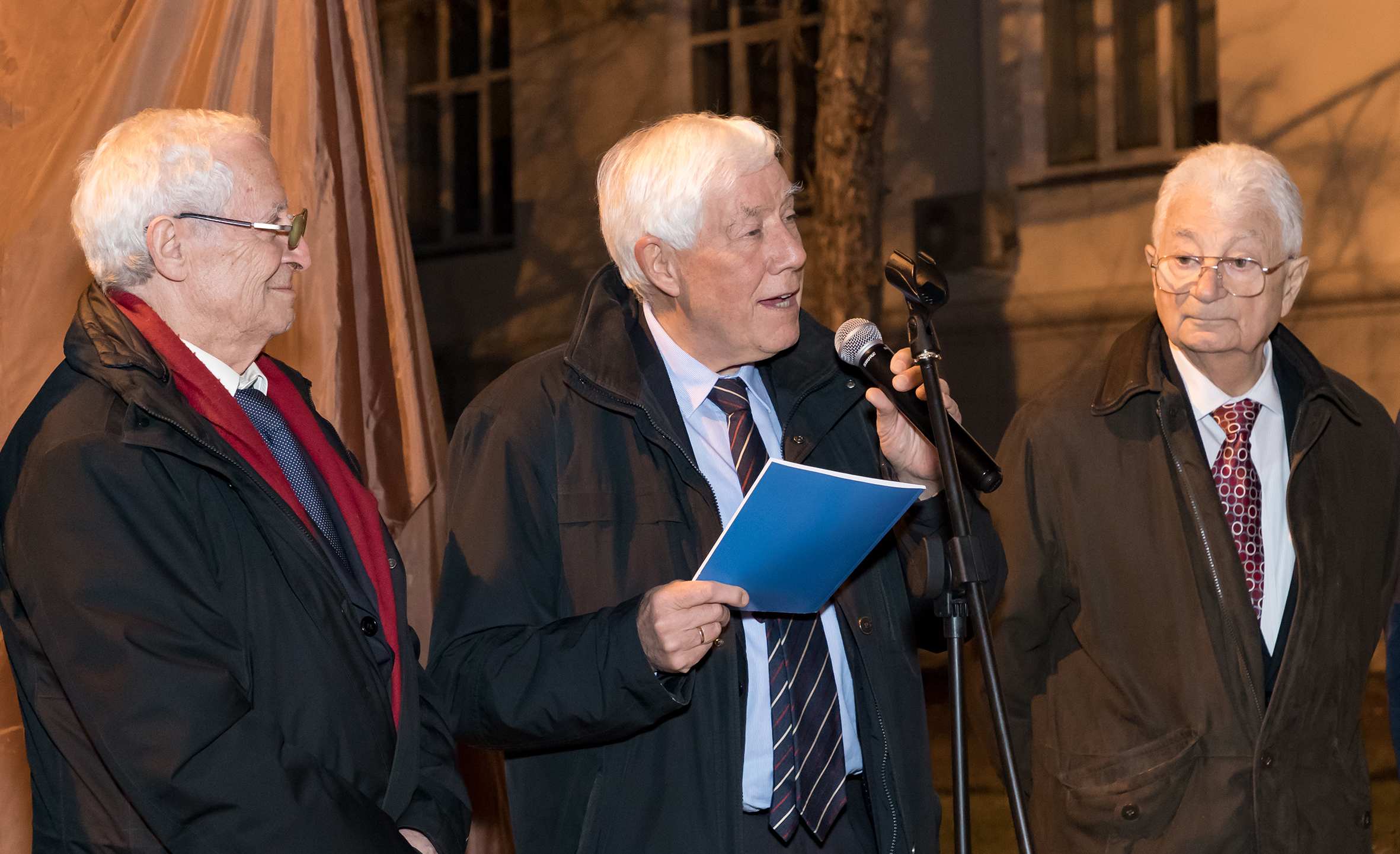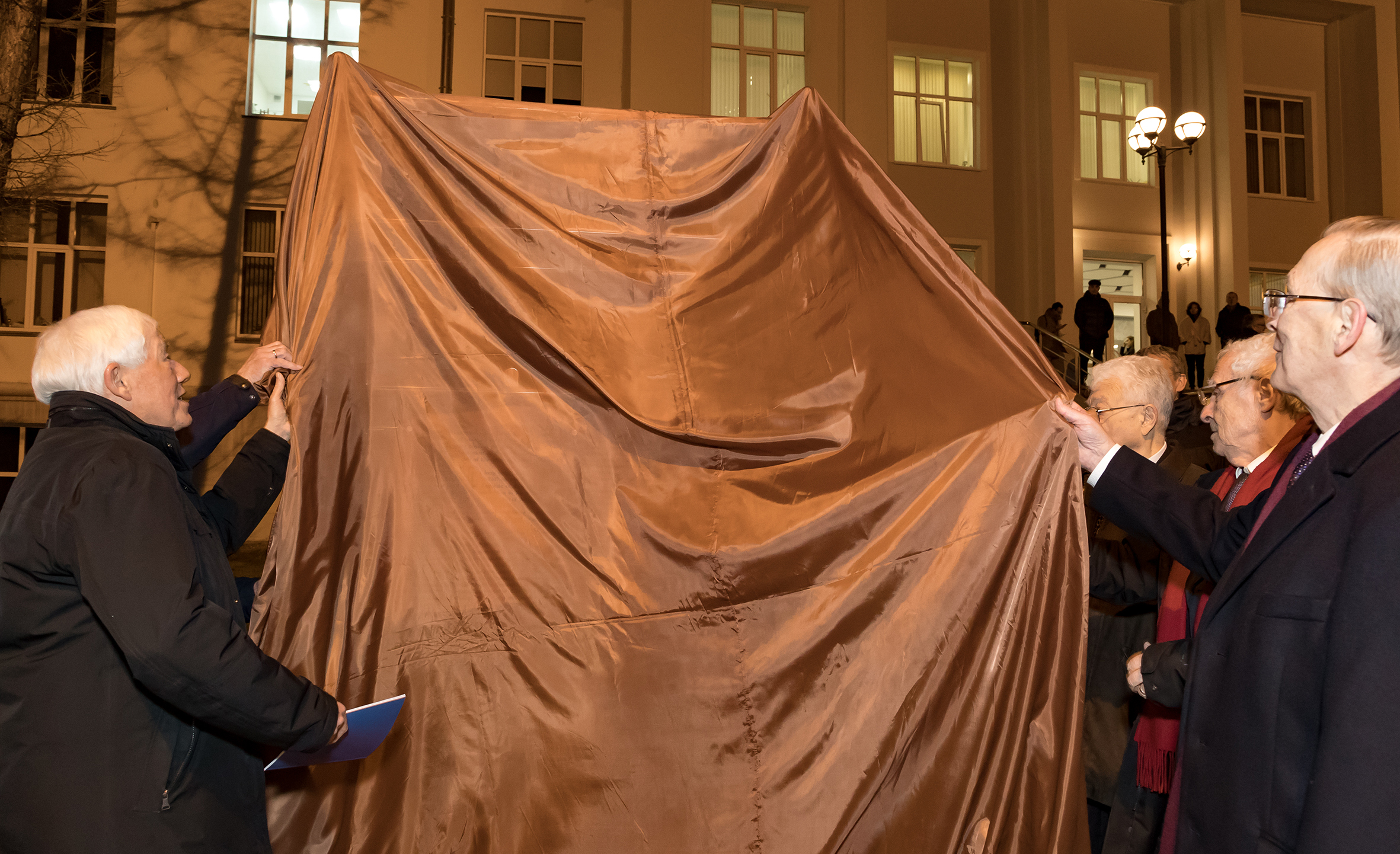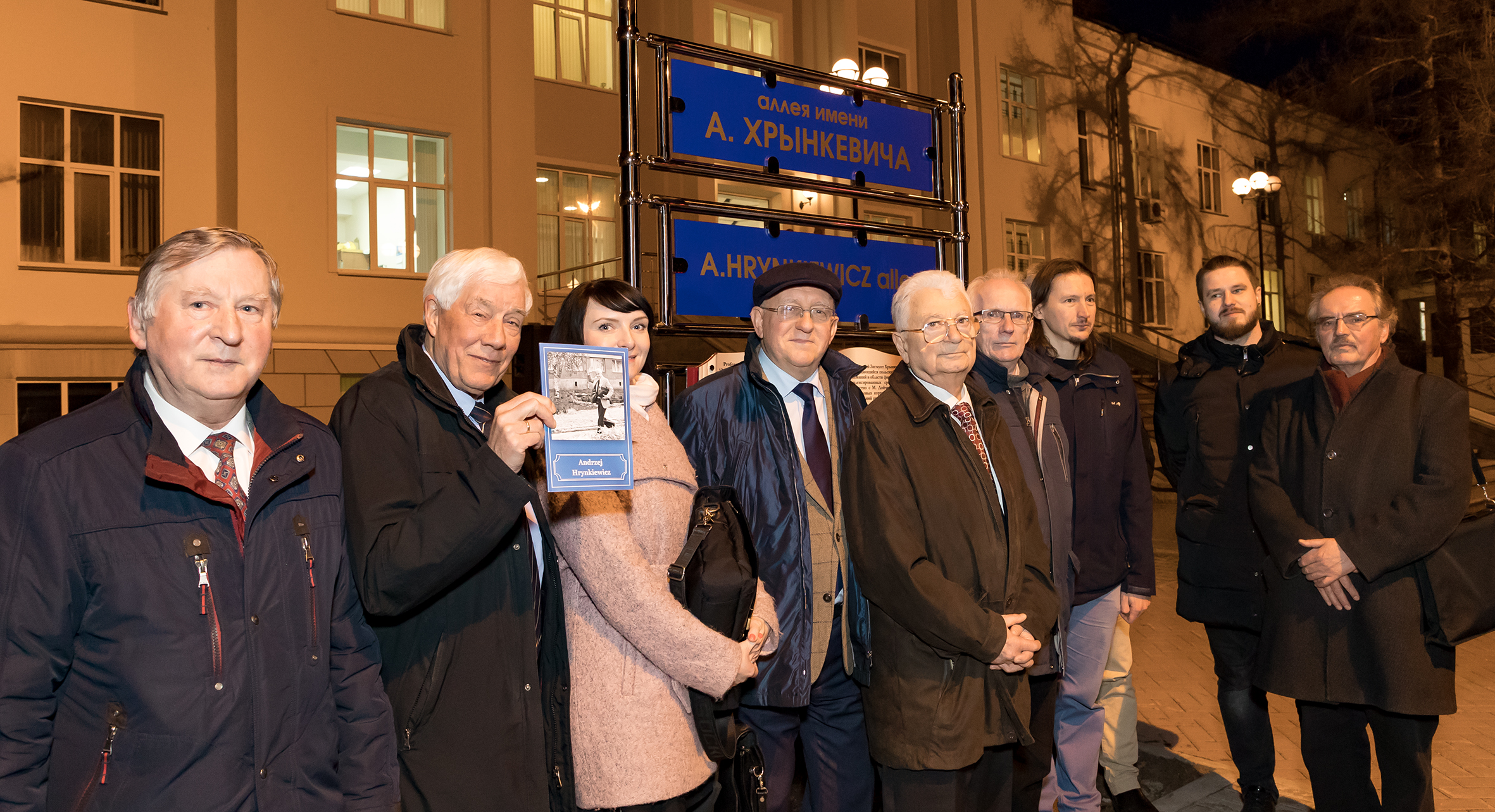About flagship programmes
Organization, 29 March 2019
The agenda of the session of the Committee of Plenipotentiaries of the Governments of the JINR Member States, which was held on 25 March 2019 in the International Conference Hall, traditionally included the discussion of financial issues: the JINR budget implementation in 2018 and a draft of the revised JINR budget for 2019.
Plenipotentiary Representative of the government of Russia in JINR, Minister of Science and Higher Education of Russia M. M. Kotyukov, who chaired the session, in his short welcoming speech called the Institute one of the leading research centres in the world possessing the unique scientific and experimental basis. Its activities serve as a bright example of wide international cooperation, while thanks to highly skilled staff implementation of large-scale projects and achievement of world-level results are possible.
The session was opened with the report by JINR Director V. A. Matveev who commented on the milestones of the 125th meeting of the JINR Scientific Council at which the achievement of the significant stages in the development of JINR flagship programmes was highly appreciated. The Scientific Council congratulated the JINR Directorate and all the staff on opening of the International Year of the Periodic Table of Chemical Elements, noted a large number of events dedicated to it with participation of the Institute. Participants of the meeting noted that wide participation of JINR in the programme of key events would allow the Institute to play even more significant role on the world arena being the leading scientific centre in the fields of synthesis of superheavy elements. Director of the Institute invited participants of the session, their colleagues from the JINR Member States to take part in the international symposium “The present and the future of the Periodic Table of Chemical Elements” that will be held in Dubna on 30 – 31 May. The report reflected major events that took place after the CP session in November (2018). It included news about the development of the JINR educational programme, establishment of the International School of Engineering (Higher engineering-physical school), a joint with the State University “Dubna” project, and participation of JINR in the creation of the Physical-Mathematical Lyceum in Dubna, which was offered to be named after Academician Vladimir G. Kadyshevsky.
After the report made by Deputy Chief of the JINR Finance and Economy Office M. P. Vasiliev, the CP affirmed the budget for 2019 in the amount of 232 112,4 thousand USD. Taking into account the results of the actual implementation of the JINR budget in 2018 with the surplus of 57 677,8 thousand USD, the expenditure budget in 2019 will be 289 790, 2 thousand USD.
JINR Vice-Director V. D. Kekelidze made a report on creation and operation of the complex of superconducting rings at colliding beams of heavy ions NICA, as well as on the implementation of the budget in the frames of the agreement between JINR and the Government of the Russian Federation.
Milestones of the meeting of the JINR Finance Committee (22 – 23 March 2019) were reported on by Chairman of the Committee A. Khvedelidze.
Deputy DLNP Director D. V. Naumov informed the audience about the current state of the Baikal-GVD project, one of the major JINR projects in the fields of research on neutrino physics. At the request of city journalists, he commented on some statements of the report and the projects’ development progress:
“Nowadays, assembling of the facility is being conducted on the Lake Baikal. My colleagues assemble the 4th and the 5th clusters, and this work will be completed approximately until 10 April. So, a very ambitious task is set this year – to set up two clusters in one season, and we are succeeding in it. The expedition started in February. It will last for about two months. The staff works there without weekends, from 10 AM to 7 PM. I have just returned from there: our people are aimed at obtaining results; they are focused on work and support each other. A very bright and strong team works there, and I am sure that we will achieve success. As for the results, the data is being analyzed and several interesting results have been obtained. They are sent to Dubna, Moscow and other processing centres. Interesting information is got from this data with the use of special programmes.”
FLNR Director S. N. Dmitriev presented to participants the report on the present status of the Factory of superheavy elements. The report was in fact continued during the presentation of the Factory in the Flerov Laboratory of Nuclear Reactions. All participants of the session, invited from Moscow journalists composing the “scientific pool” and representing publishing houses as well as radio and TV channels used three buses to get to FLNR building in which the DC-280 cyclotron is placed. JINR Director V. A. Matveev sent a short speech to the audience:
“Today, the Periodic Table has 118 elements. Ten of them were discovered by scientists of our Institute. Of course, it is a great success of our multinational staff and those scientists who stood at the origins of this direction. Among them, there were Georgy N. Flerov, Yuri Ts. Oganessian, and their names will be forever engraved in the names of the new elements of the Mendeleev’s Table, namely flerovium and oganesson. Moreover, element 115 was called moscovium as the gratitude to the Moscow Region where such fascinating conditions are created for work of the Institute. I invite everyone to take part in this significant event – the launch of the new accelerating complex DC-280.”
A red ribbon of the accelerator’s building is cut by Plenipotentiary Representative of Russia in JINR M. M. Kotyukov, Plenipotentiary Representative of the Republic of Bulgaria Professor L. Kostov, who chaired the CP in years of the project’s implementation, as well as Director of the UNESCO Division of Science Policy and Capacity Building Peggy Efua Oti-Boateng, President of the CERN Council Ursula Bassler, and JINR Director Academician V. A. Matveev.
Then participants move from the hall of the new FLNR cyclotron to the conference hall. It is a full house. Academician Yu. Ts. Oganessian rolls up the chain of already historic events that have preceded the launch…
FLNR Director S. N. Dmitriev directs the process of the launch and explains all its stages. The control panel is demonstrated on the screen. We listen to the dialogue between young staff members in the control room and try to save it for the history…
– Continue acceleration!
We are continuing the tracking through the axial injection channel. The current before the turn system achieves 34 microampere.
– Move on.
– We are keeping on tracking.
– We see the axial vertical injection channel… The beam is inside the chamber. The current is 28 microampere. Start acceleration!
– We are injecting the beam into the cyclotron. The beam’s current at the first orbits with the radius 30 centimetres is 22,2 microampere.
– So, inside the chamber, we have passed the stages from vertical injection to the vacuum chamber. Start the beam’s extraction!
– We accelerate the beam inside the cyclotron. The beam at the radius of its extraction is 15,1 microampere. We start to extract the beam out of the cyclotron… The current of the beam at extraction is 11,8 microampere.
– For a while… it is now more than 30 per cent, it will reach 50 per cent of intensity at the commissioning stage. Show the beam on the luminophore.
– At such intensity, the luminophore will burn away in microseconds that is why we should lower the current…
-The beam is in the luminophore!
-We can see the beam! Colleagues, the beam is extracted. It is located in the point of the luminophore in front of the distribution magnet. The further way lies to the hall where there will be the new gas-filled separator. The accelerator has been launched!
The conference fills with applause. I look around and see joy on all faces.
“I am very happy that we witness this memorable event,” M. M. Kotyukov says. “This is the result of our joint work. It is the merit of the Institute’s staff members who in a fairly short time managed to obtain such a serious result. This solution combines science, engineering and most advanced technologies. It became possible because of the laborious scientific team. Yuri Tsolakovich was very enthusiastic when he told us about what was done and what would be made further. It was the third time I heard his report during two months and I may say that it is getting more and more interesting. I have no doubts that the interest in what is happening in Dubna will be annually increased. It is the result of large international scientific and technological cooperation. It is our joint great victory. I have no doubts that this project will bring us many new positive solutions and achievements. It is not the last but one of the latest elements in the development of the Joint Institute for Nuclear Research and science in Russia…”
Guests from UNESCO and CERN, Head of Dubna city M. N. Danilov also congratulated creators of this manmade miracle.
The last issue of the CP session’s agenda was the ceremonial opening of the alley named after Academician Andrzej Hrynkiewicz near FLNR. A. Hrynkiewicz was a famous Polish scientist whose life was closely connected with Dubna and his scientific biography – with the Flerov Laboratory of Nuclear Reactions. Counterpart of Andrzej Iosifovich, as he was often called in Dubna, Plenipotentiary Representative of Poland in JINR M. Waligórski reported on it. And I recalled talks with Academician Hrynkiewicz in Krakow and Dubna, I recalled how he loved to repeat the words about Dubna and the Institute “It is our joint home on the bank of the Volga river”… Participants of the event got the photo booklet “Andrzej Hrynkiewicz. 1925–2016” with texts by M. Budzyński, M. Waligórski, W. Chmielowski, Yu. Ts. Oganessian, and M. G. Itkis. The booklet was issued those days by the JINR Publishing Department to commemorate that significant event.
Evgeny Molchanov, JINR Weekly Newspaper
Photos by Elena Puzynina





